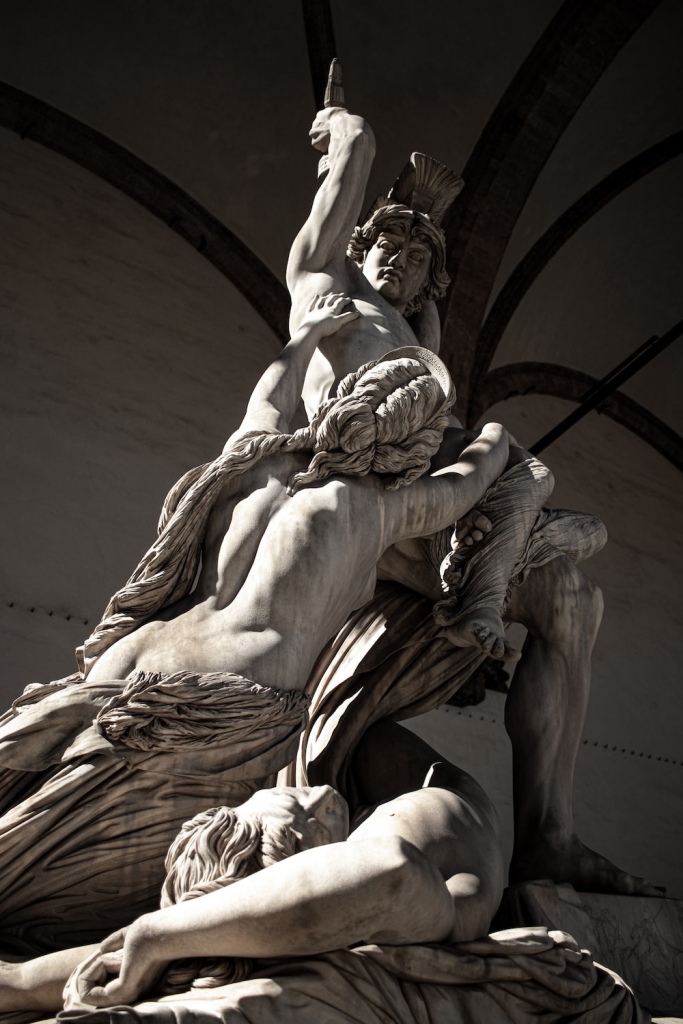
A blog about worshiping men would not be well-rounded without covering a survey and deep appreciation of the musculature of the modern male. The depiction of the male form is as ancient as art itself; the idealization of the male physique embodies symmetry, perfection, an idealized image of gods, superhuman men, warriors, and heroes. They were the Marvel Universe of their time.
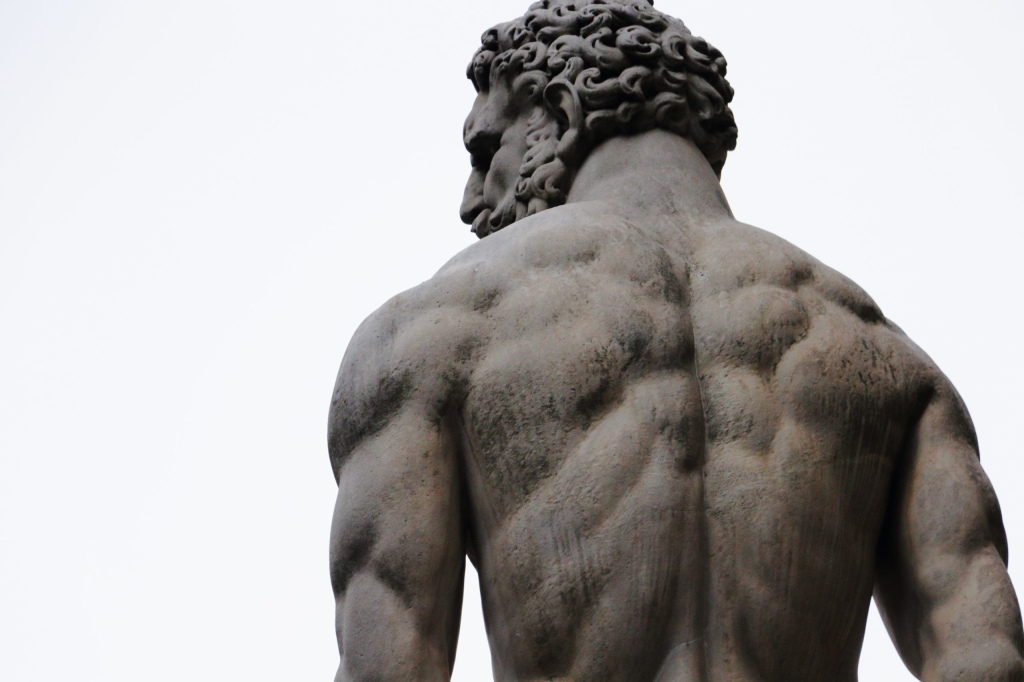
To be superheroes of their contemporary world they needed to be bigger than life. The sculptures of them were rarely of human dimensions; in many cases they were colossi of Greek, Egyptian, Roman, Abyssinian, or eastern cultures.
The exaggerated musculature in Greek renderings of the male nude reflect the importance of the Greek military. Warriors would have been healthy, strong young men who were physically capable of defending ancient Greek kingdoms and city-states. The idealized attitudes towards male warriors are honored in male nudes. Sculptures of the male figure show defined and pronounced abdominal muscles, and an exaggerated iliac region (the sharp lines where the hips meet the torso). The youthful faces of adolescent boys or young-adult men are relaxed and full-lipped, mirroring the ages of Greek warriors. The nude sculpture idolizes the athletic Greek male, and the pride taken in male beauty. The Diskobolos, or discus-thrower, is pictured below. He is a Greek athlete; the power of the male figure is demonstrated by his pronounced muscles, and the movement of his stance.
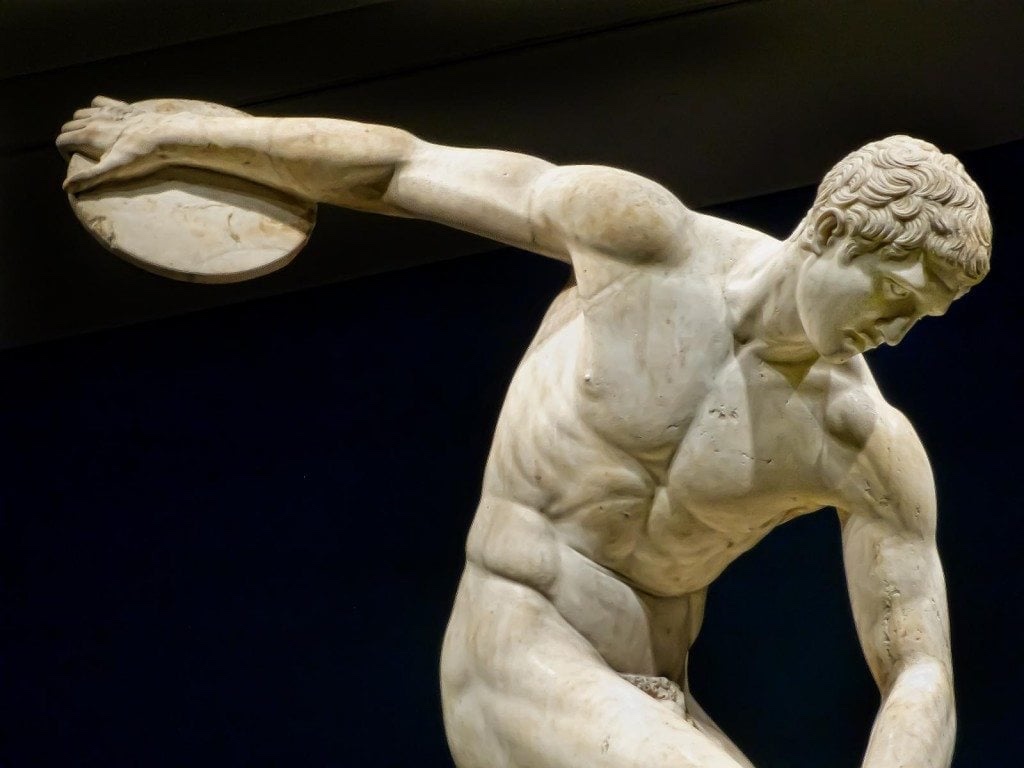
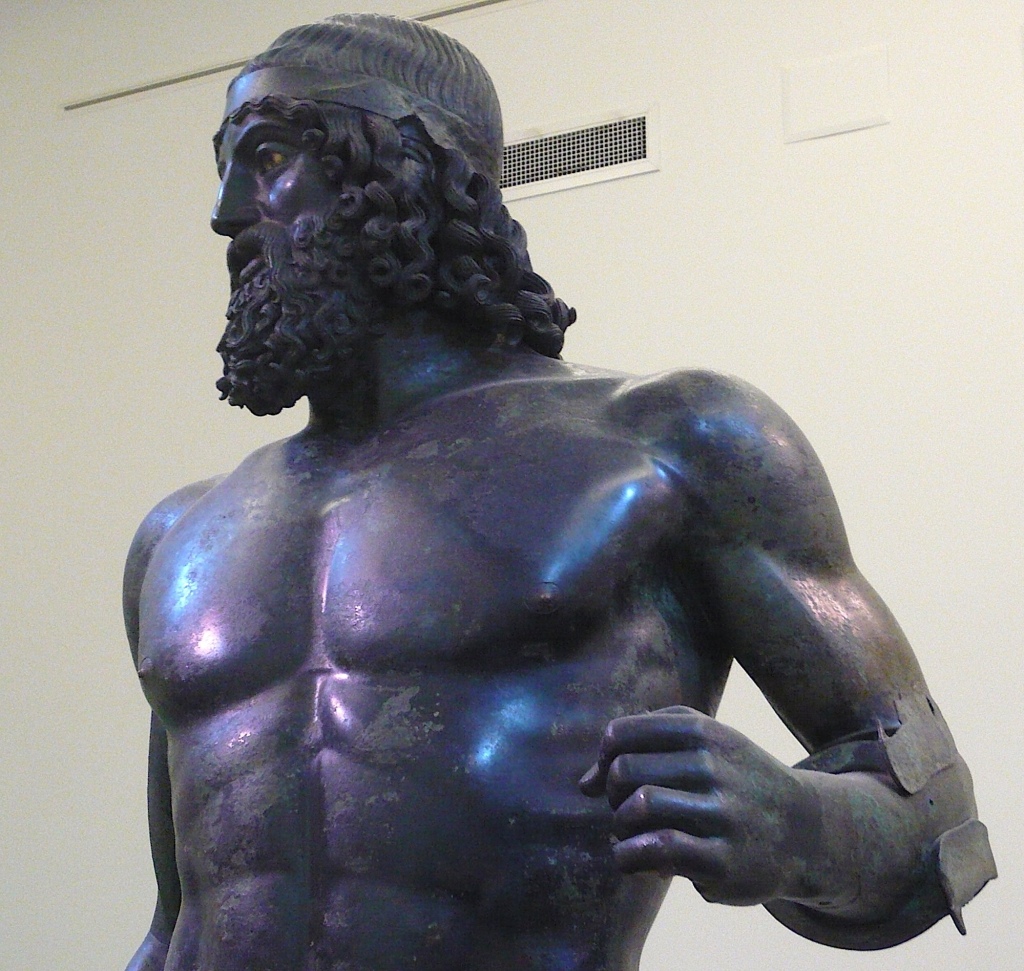
Among the monumental sculptures of the ancient Greek world was The Colossus of Rhodes, a wonder of the world rivaling the Statue of Liberty in scale.
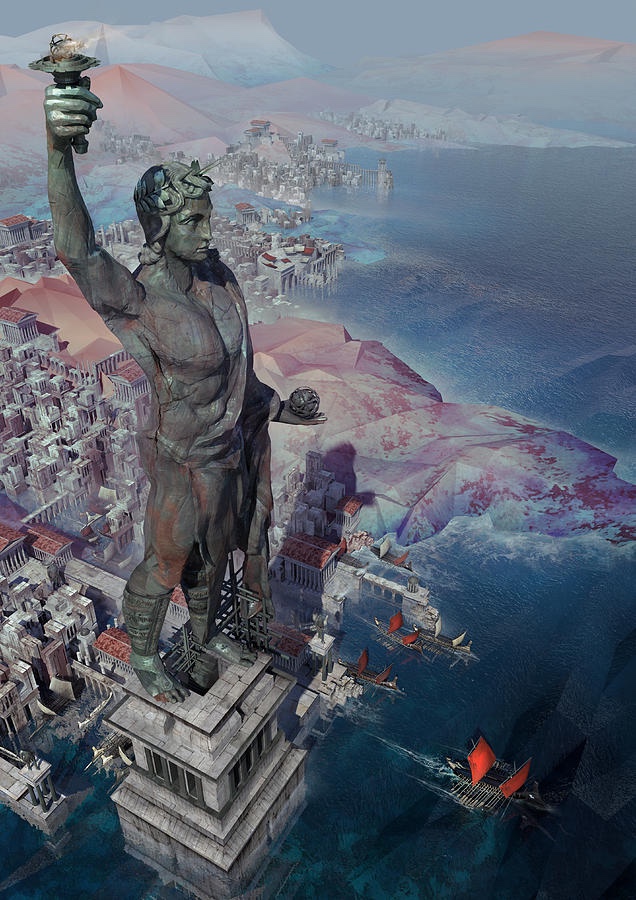
As a war tribute to Helios, the God of the Sun, the 100-foot bronze sculpture was a gargantuan maritime beacon mythically on the island of Rhodes. As it was destroyed by earthquake in 252 BC, only classical depictions of it exist among a few fragments.
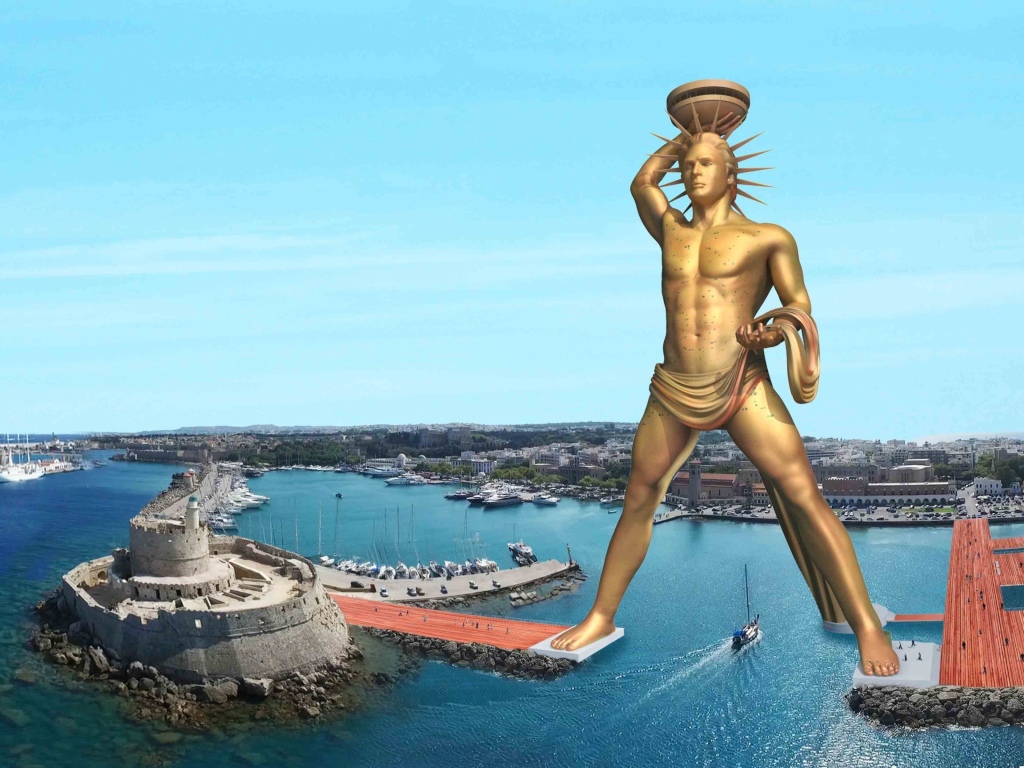
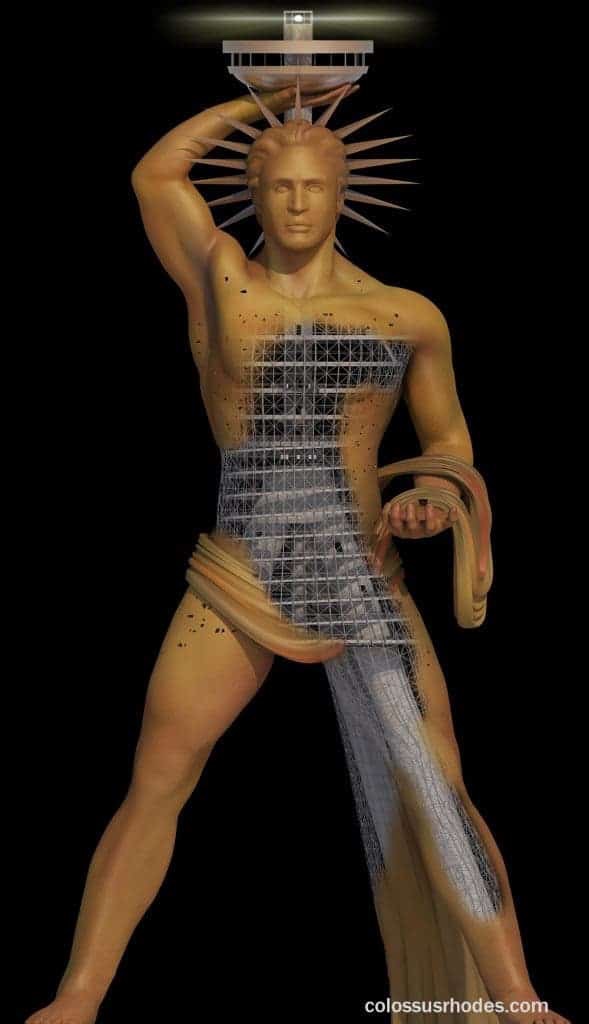
Europeans have desired to recreate the monumental sculpture for centuries, with the latest offering to be a $US500M tourist destination that will enable future cruise ships to sail between the legs of the colossus. No details have been released regarding the rendering of the monumental genitals that may be viewed as ships pass beneath. It will literally be a rite of passage for gay cruise circuits if it comes to fruition.
Among the most recognized and revered classical male sculptures- Michelangelo’s David is 5.12 meters tall- 17 feet; three times the size of a man. Escalated on his pedestal he is almost 8 meters tall.
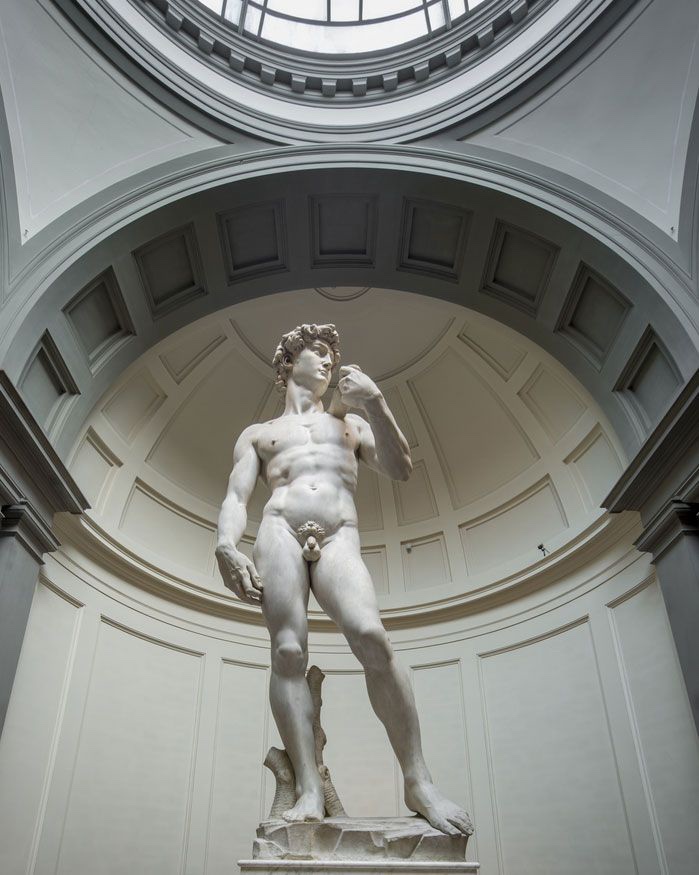
If you have been fortunate enough to visit Firenze and see the David standing in his niche in the Academia, any worshipper of the male physique cannot be spared from his size, power, grace, and majesty. It is clear to this eye that Michelangelo studied the male form extensively and intimately in its youthful perfection, as he is natural, relaxed, and stunningly detailed.
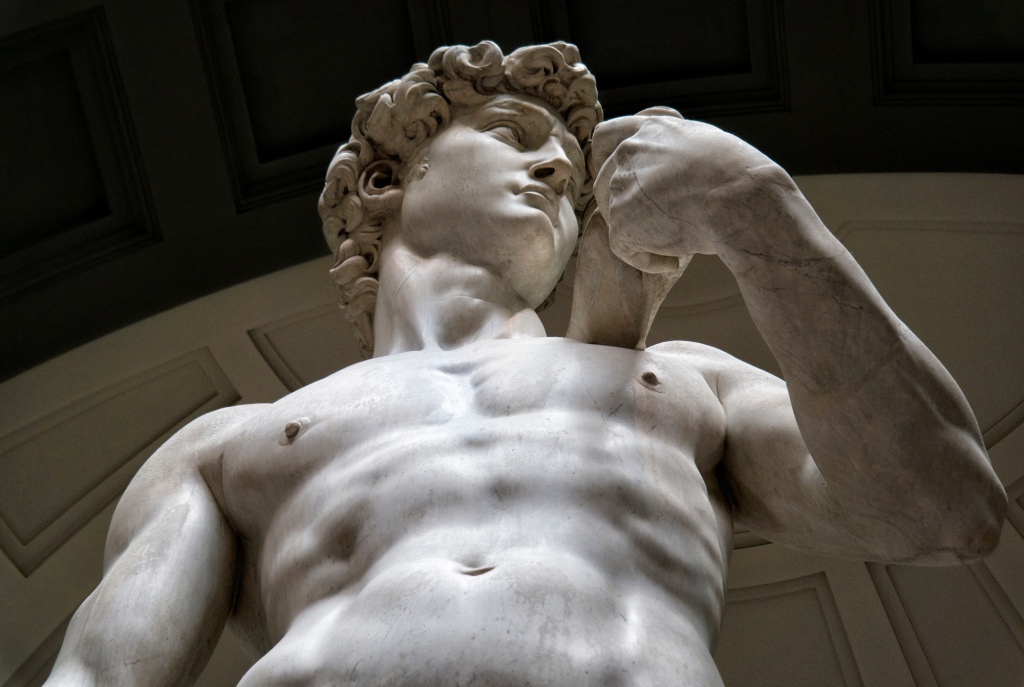
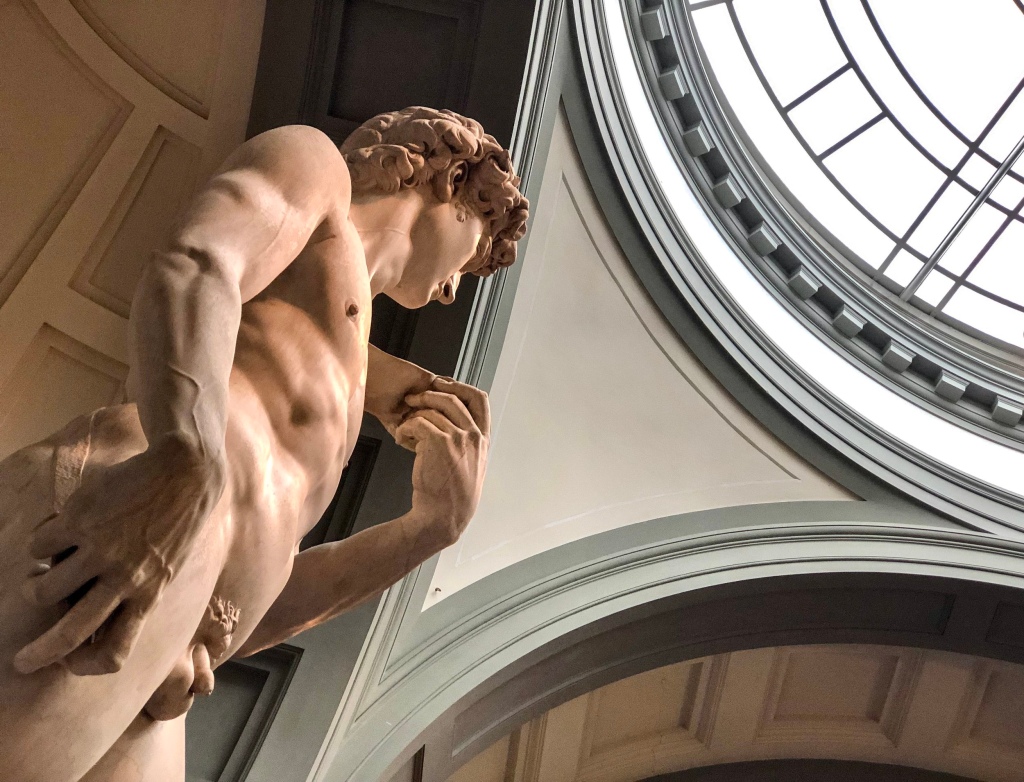
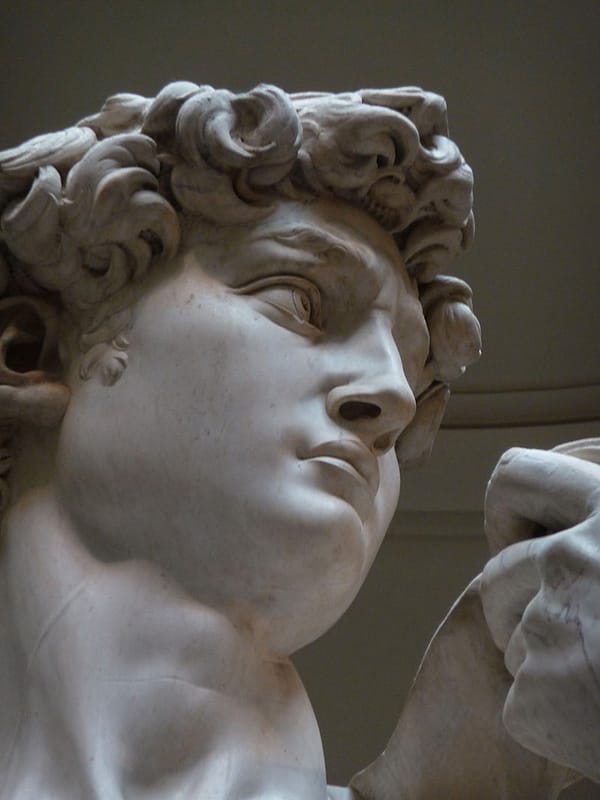
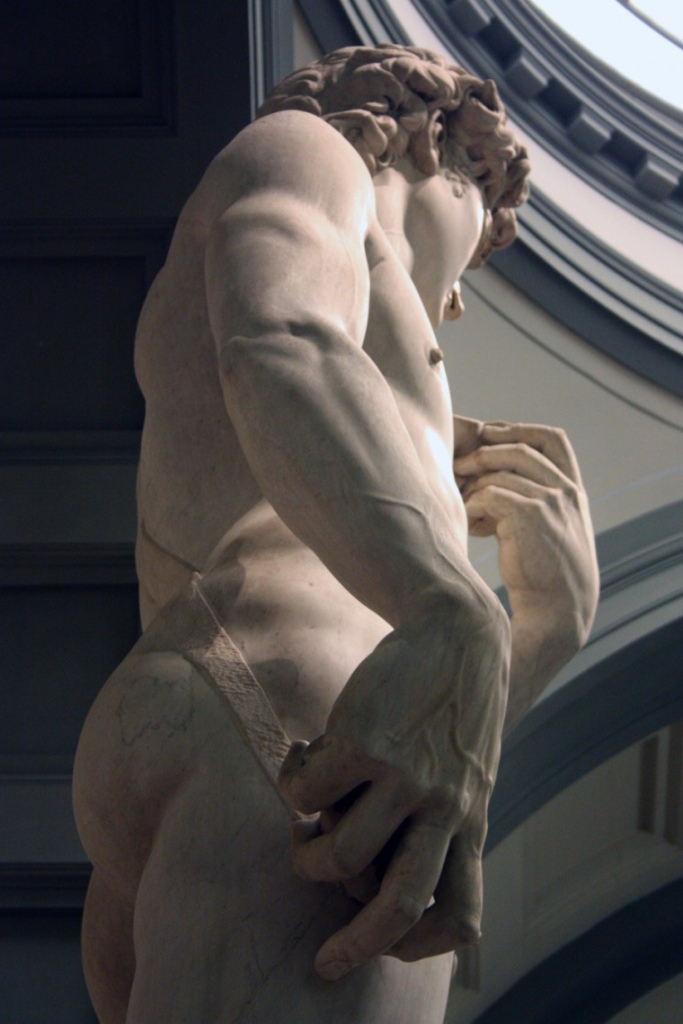
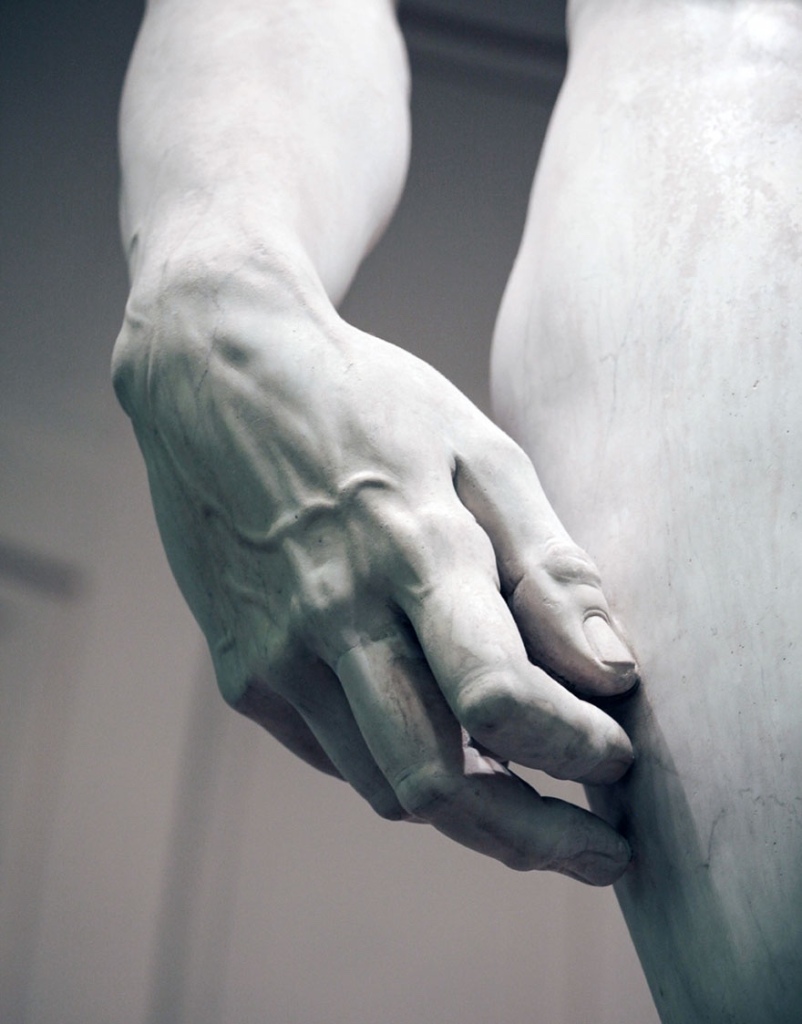
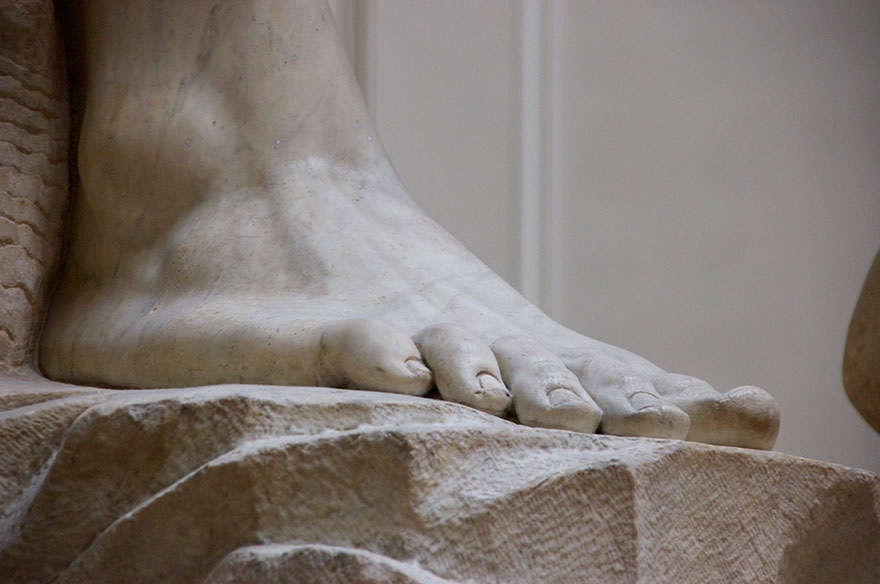
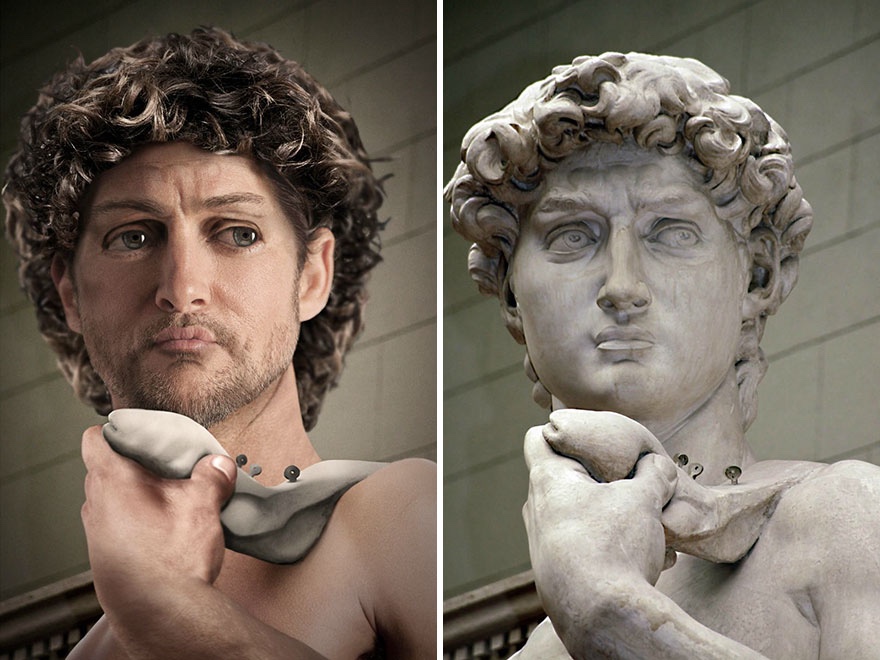
Scholars have argued over the rendition of David’s slingshot for centuries, with some concluding that the artist intended it to look like Goliath’s severed cock in David’s left hand. The viewer can make their own interpretation.
But judging by the over 100,000 images of David’s incredibly perfect ass one can find in online media, the devotion to his perfection is universal.
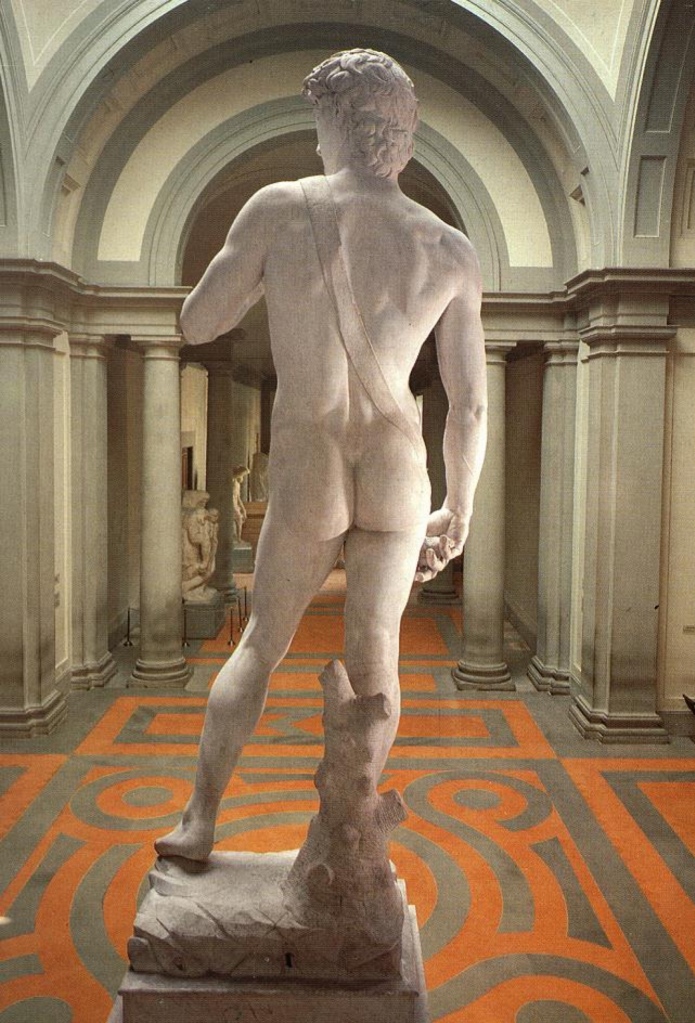

Michelangelo had the POV shot down five-hundred years ago, it appears.
The desire of man to worship the male figure in art and sculpture reached its near ideal as Renaissance and Baroque sculptures depicted man’s conquests of each other, mythical creatures, and allegorical entities; the hand of the sculptor was freed to extend the ideal beyond to bring the imaginary to life.
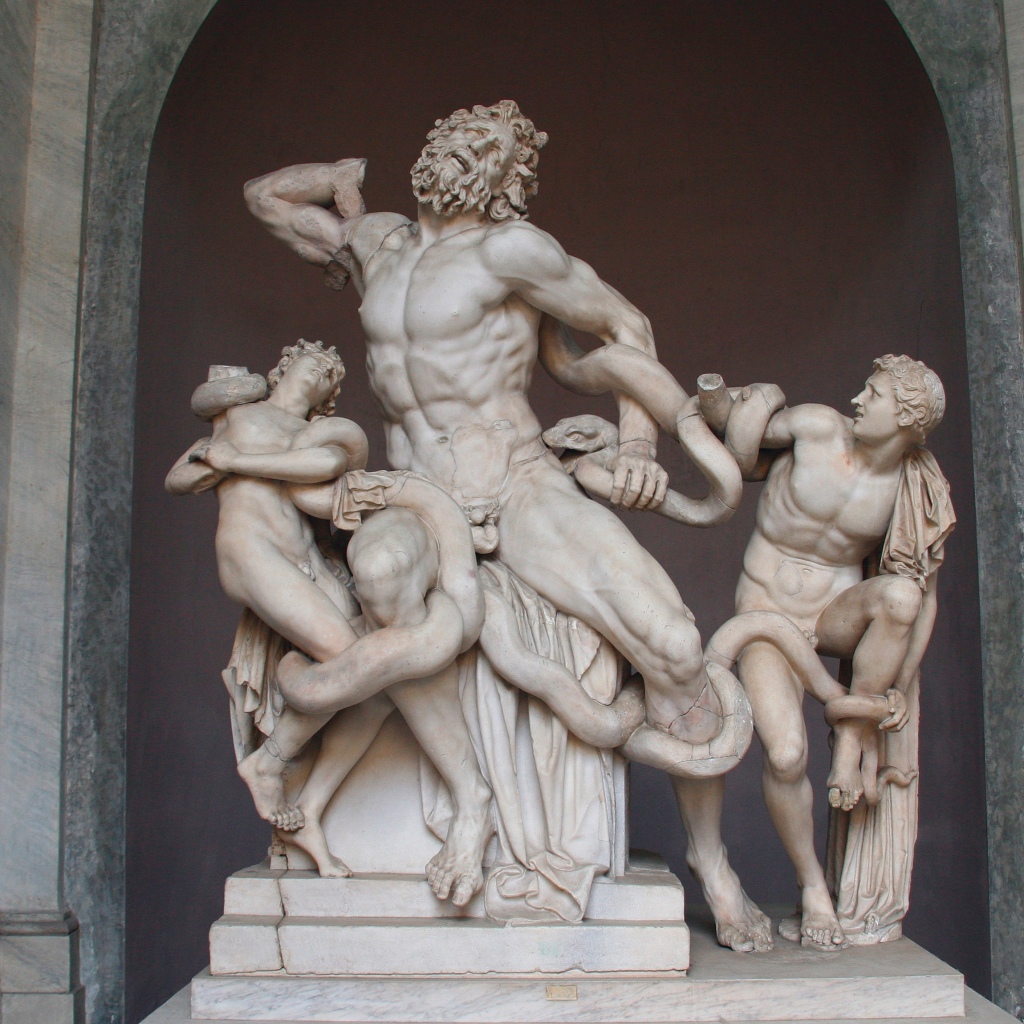
The statue of Laocoön and His Sons, also called the Laocoön Group has been one of the most famous ancient sculptures since it was excavated in Rome in 1506 and put on public display in the Vatican Museums there. The sculpture depicts the Trojan priest Laocoön and his sons Antiphantes and Thymbraeus being attacked by sea serpents.
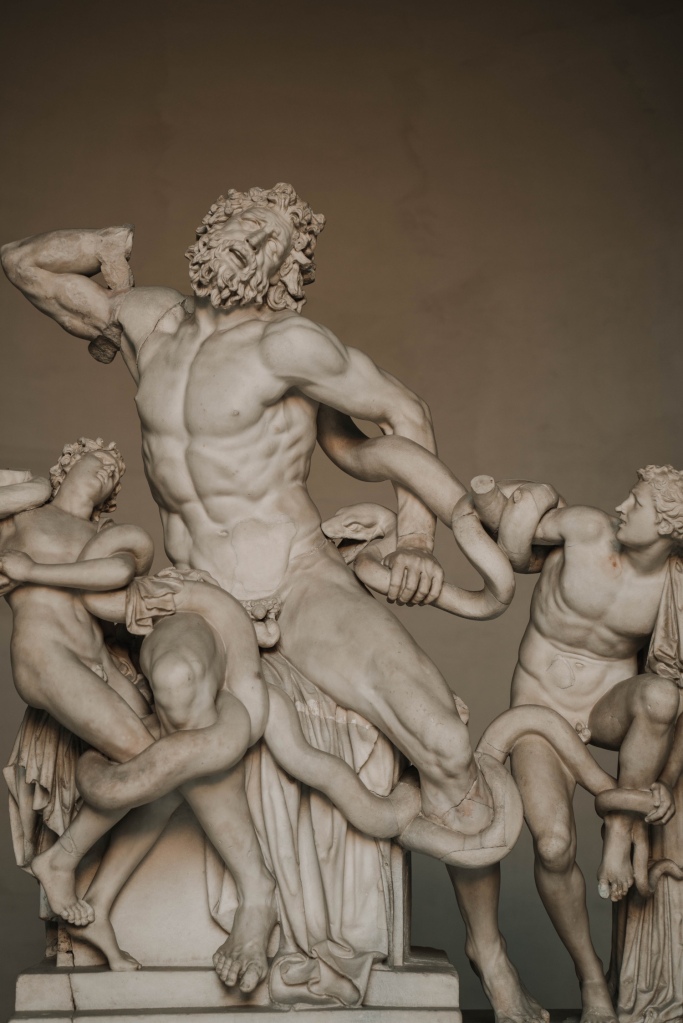
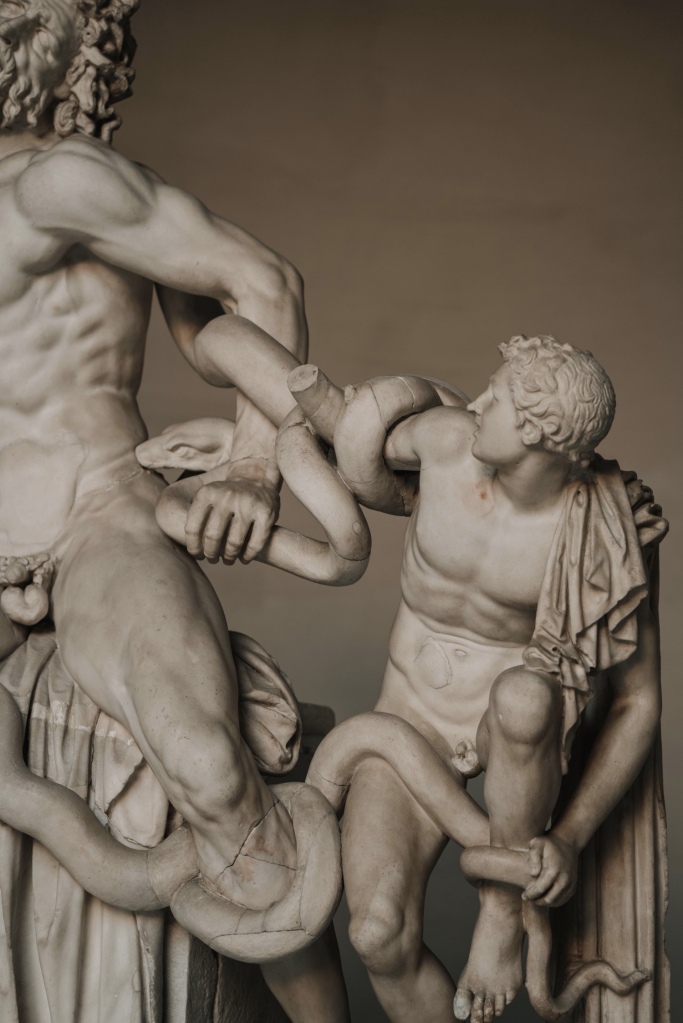
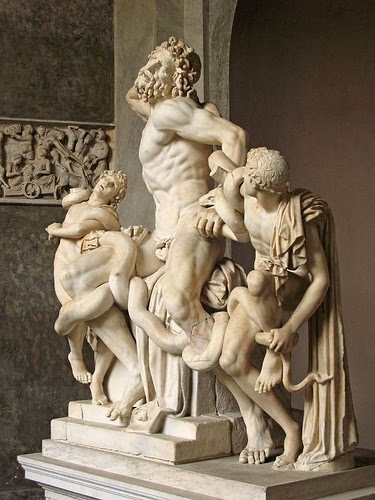
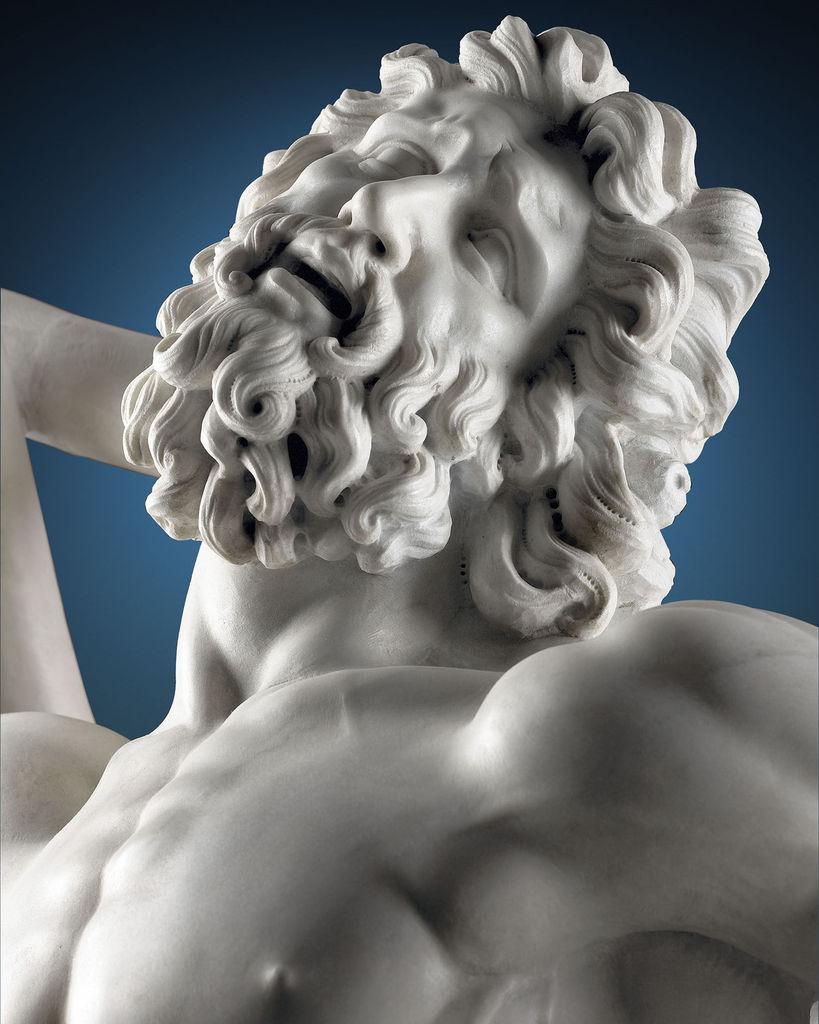
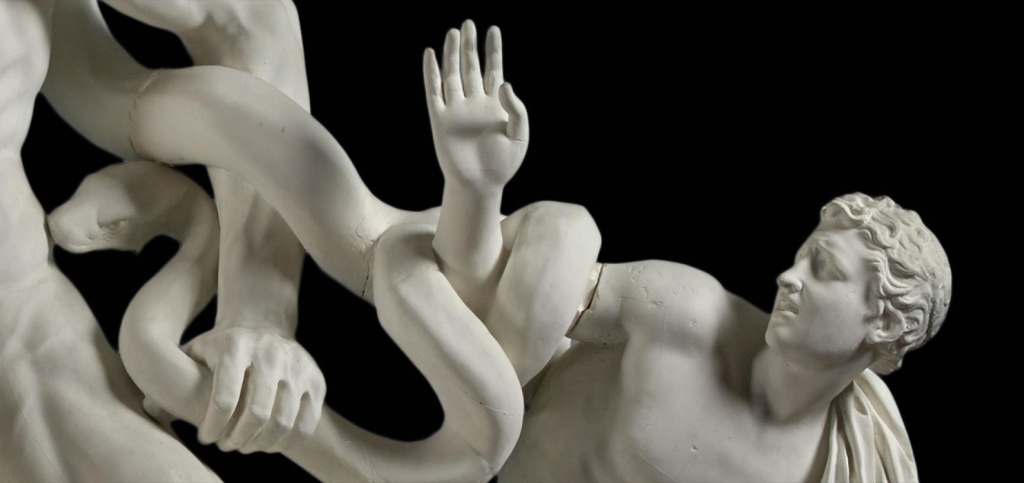
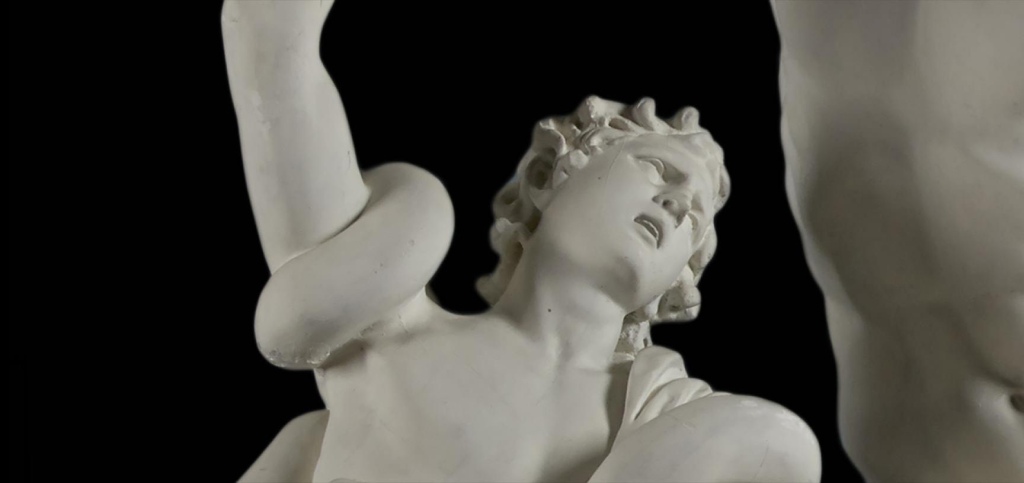
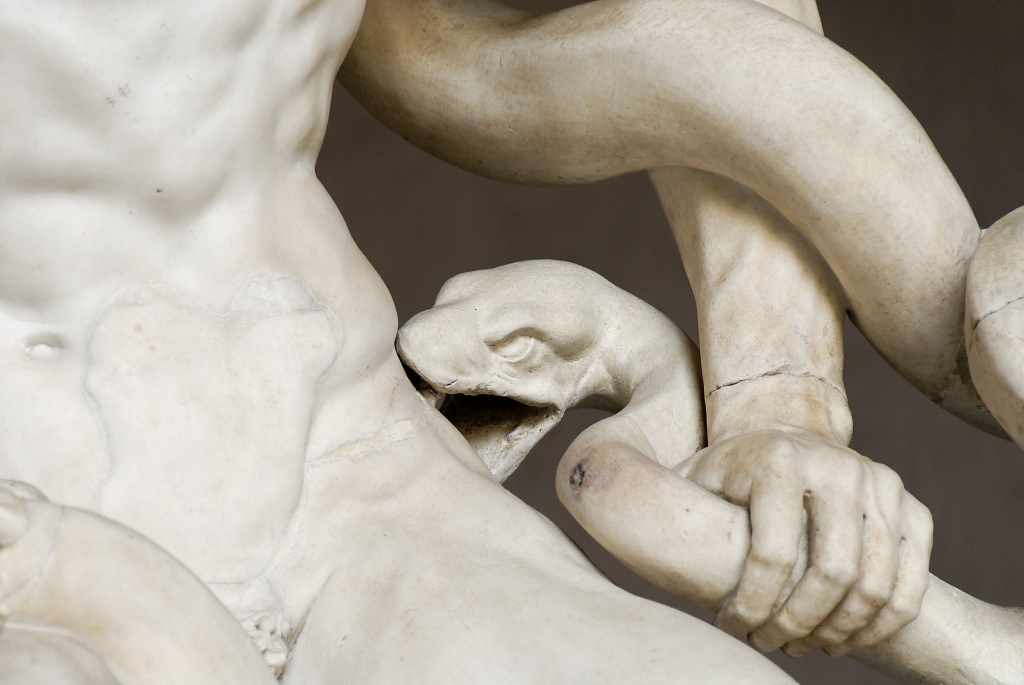
To the inquisitive and testosterone-laden emerging gay youth exploring Europe as an architecture student, the sculpture was arresting and erection-inducing to my eye. The huge phallic serpent coiling itself around Laocoon’s thigh and his sons legs in an orgiastic pose of agony (?- the serpent was just too big?) or ecstasy, with his sons also being raped by the serpent?
I was 21, in Italy alone, and had lots of fantasies. Let’s leave it at that.
Among the many beautiful and arresting sculptures of men together, the Roman re-creation of the Greek Wrestlers is also memorable to me.
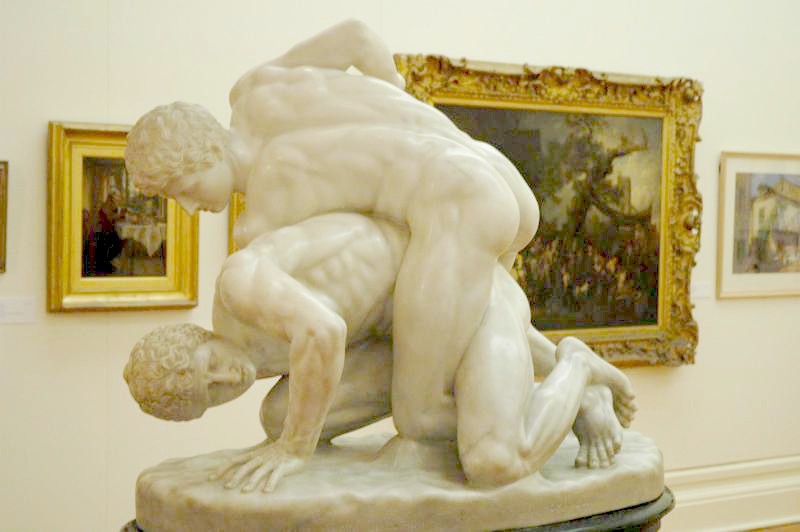
The Wrestlers (also known as The Two Wrestlers, The Uffizi Wrestlers or The Pancrastinae. The two young men are engaged in the pankration, a kind of wrestling similar to the present-day sport of mixed martial arts. The two figures are wrestling in a position now known as a “cross-body ride” in modern folkstyle wrestling. The upper wrestler has his left leg entwined with his opponent’s left leg, with his body across the opponent’s body, lifting the opponent’s right arm. In a well-known modern series of wrestling moves, the upper wrestler would now try to lift his opponent’s arm above his head to force a pinning move. Their muscular structure is very defined and exaggerated due to their physical and sustained effort.
I visited the Uffizi Galleries in Rome many times as a student and several times since, always seeking out this magnificent work for its athleticism, erotic entanglement, and muscularity. Their pose elicits an immediate reaction in me to this day.

If you’re like me you may enjoy some of the collection of men and muscle I have curated here. I’m not devoted to worship of body builders but I’ll always enjoy a finely chiseled male physique. I hope you do, as well.

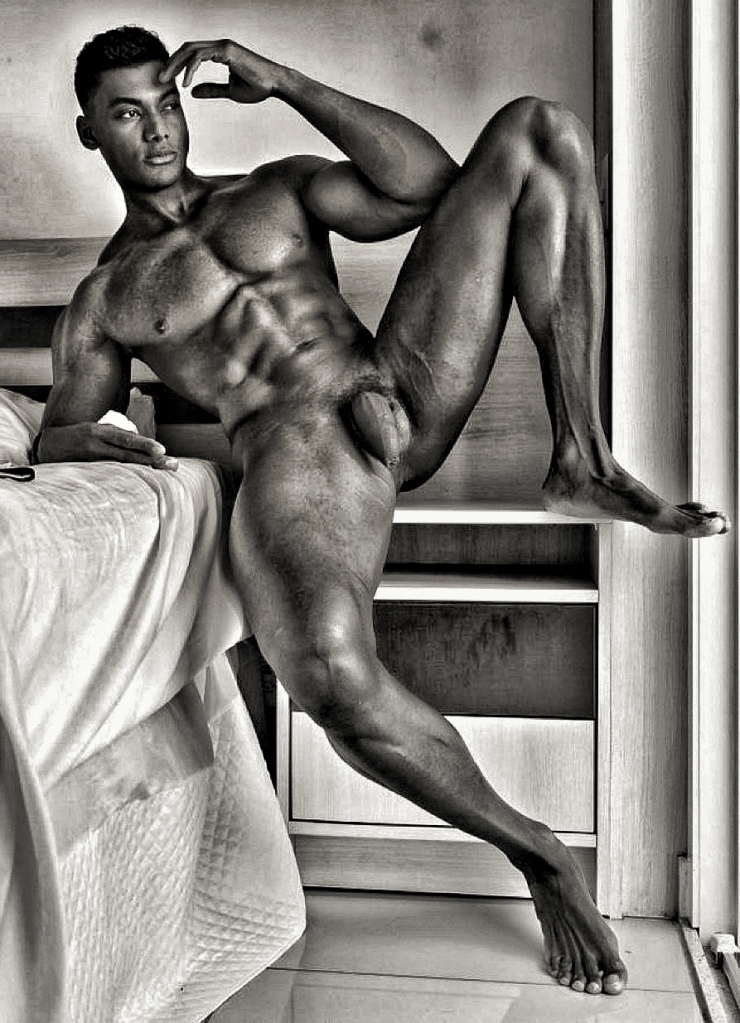
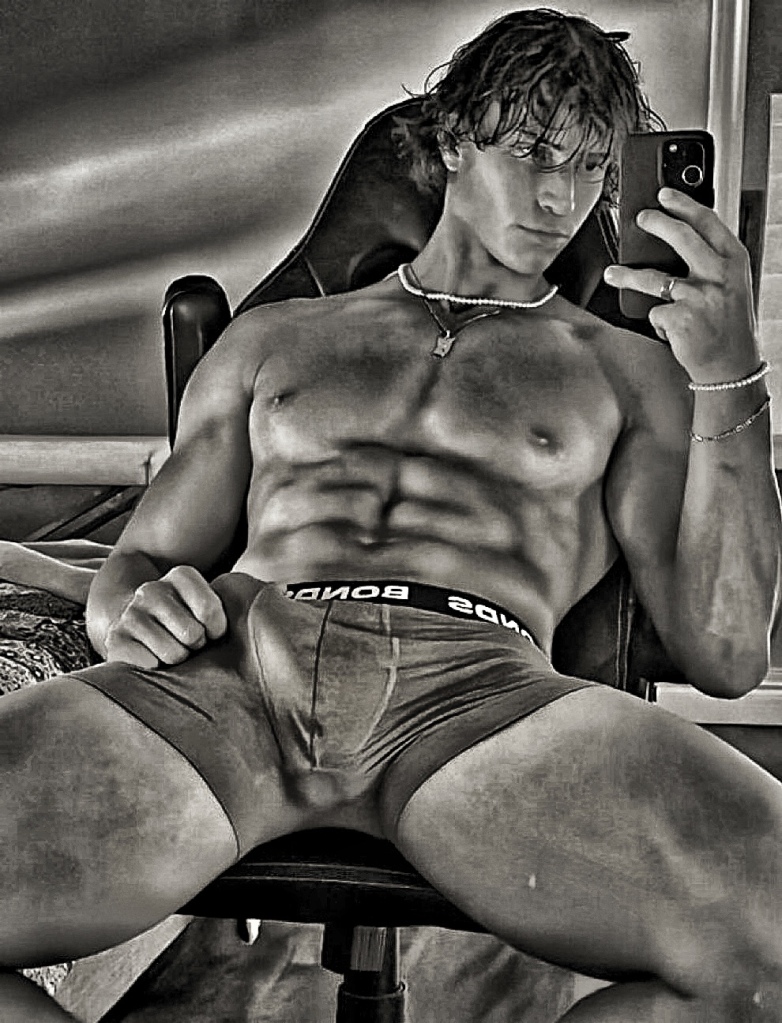


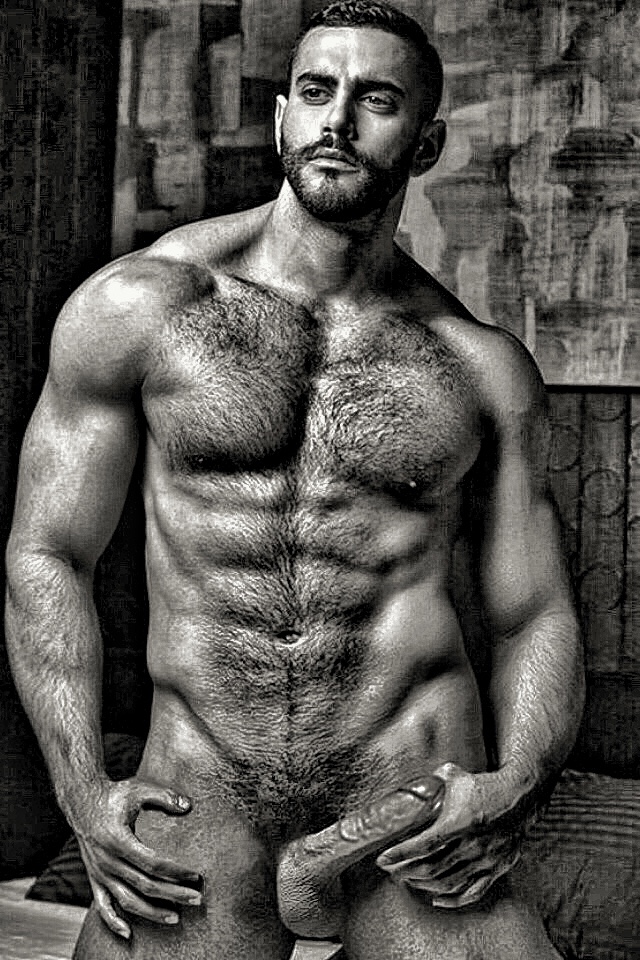
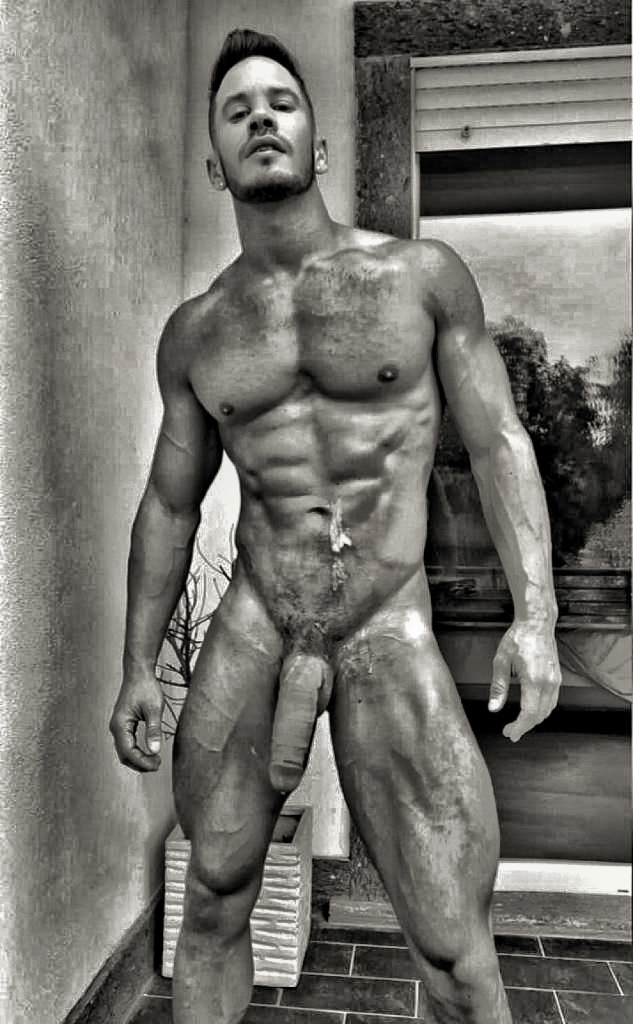
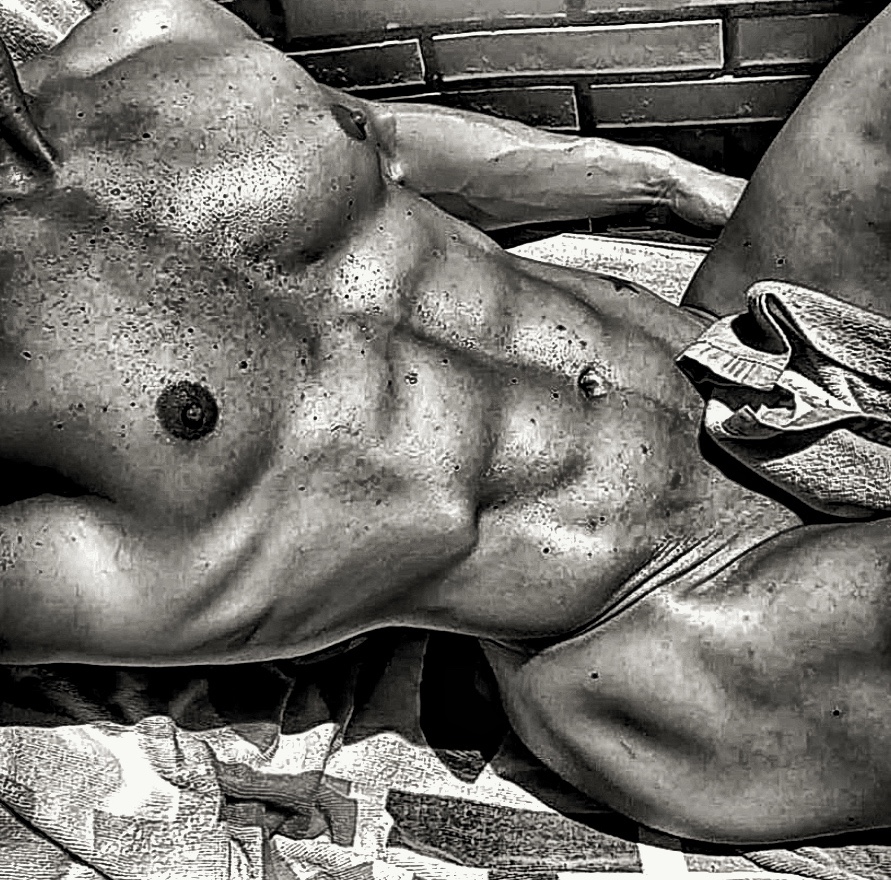

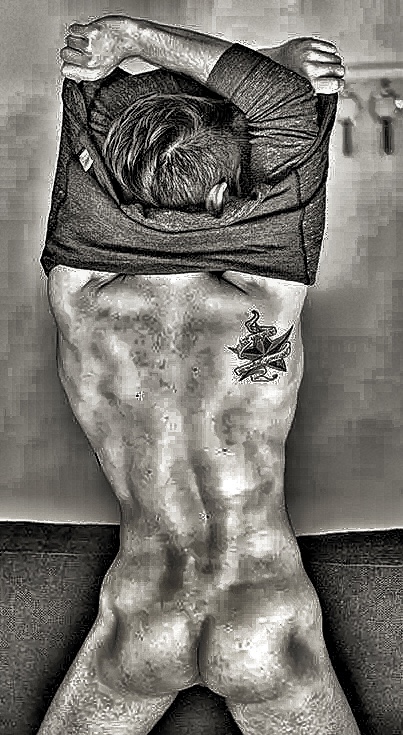
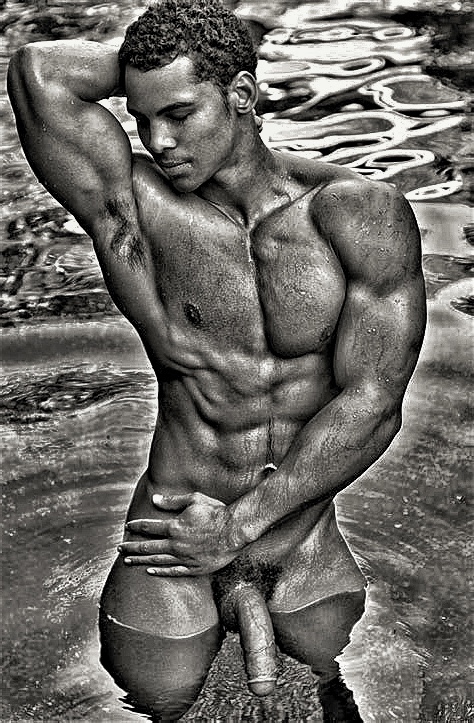
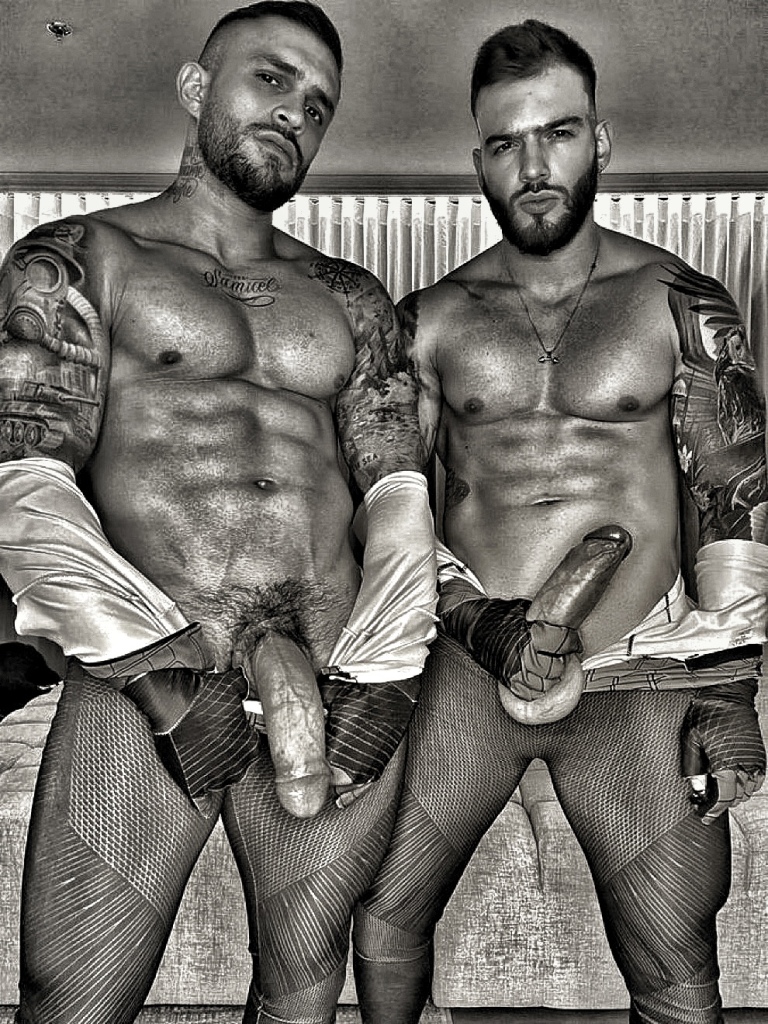
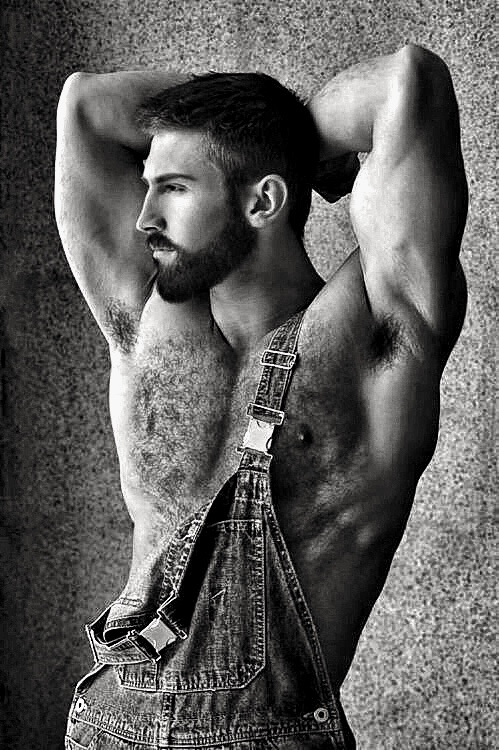
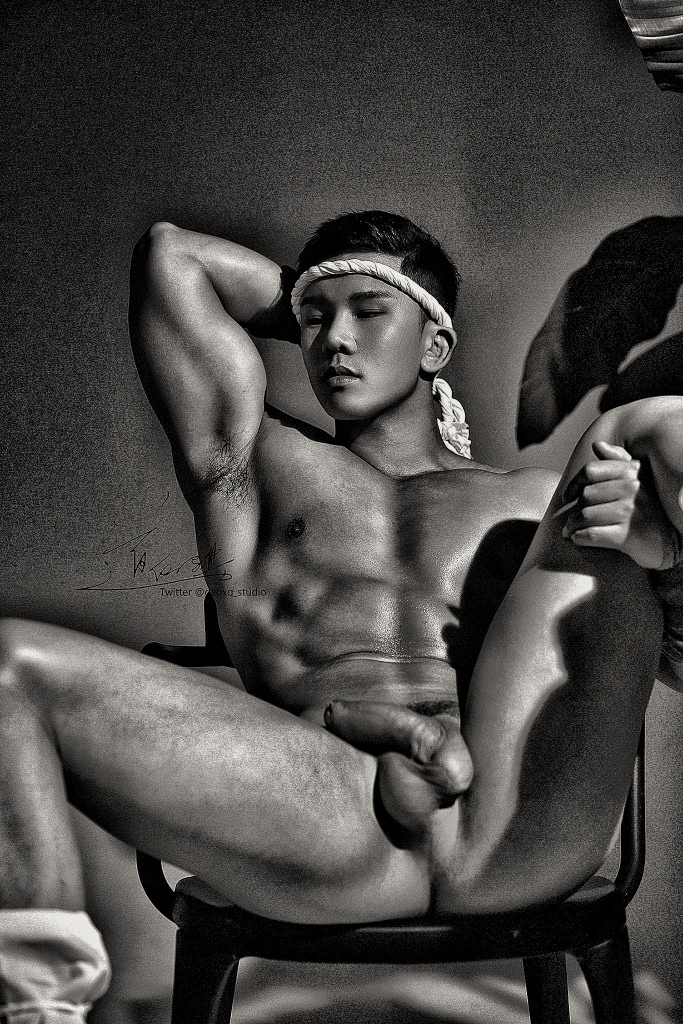
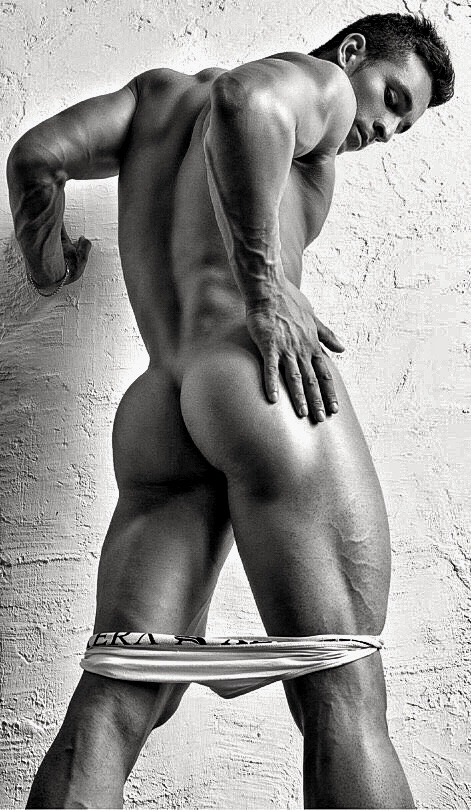
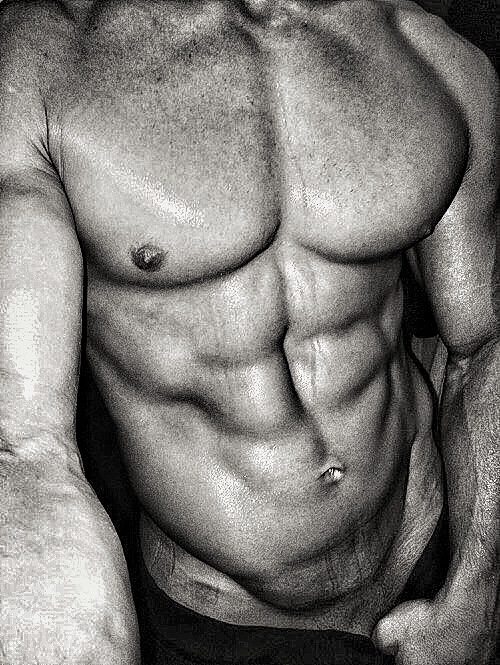
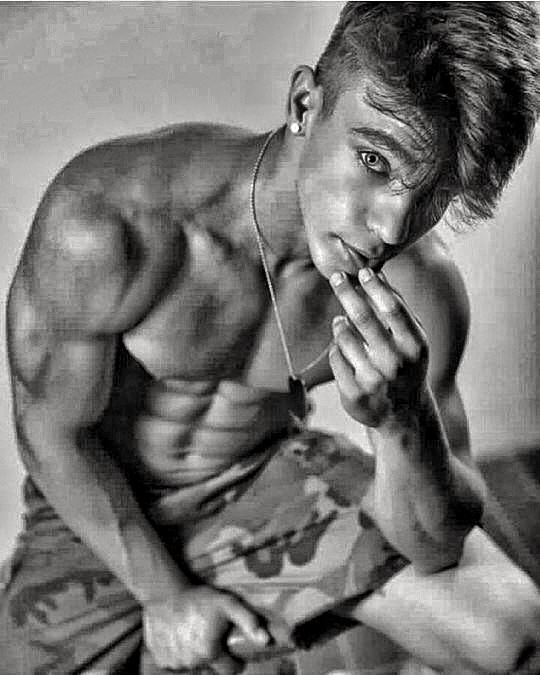

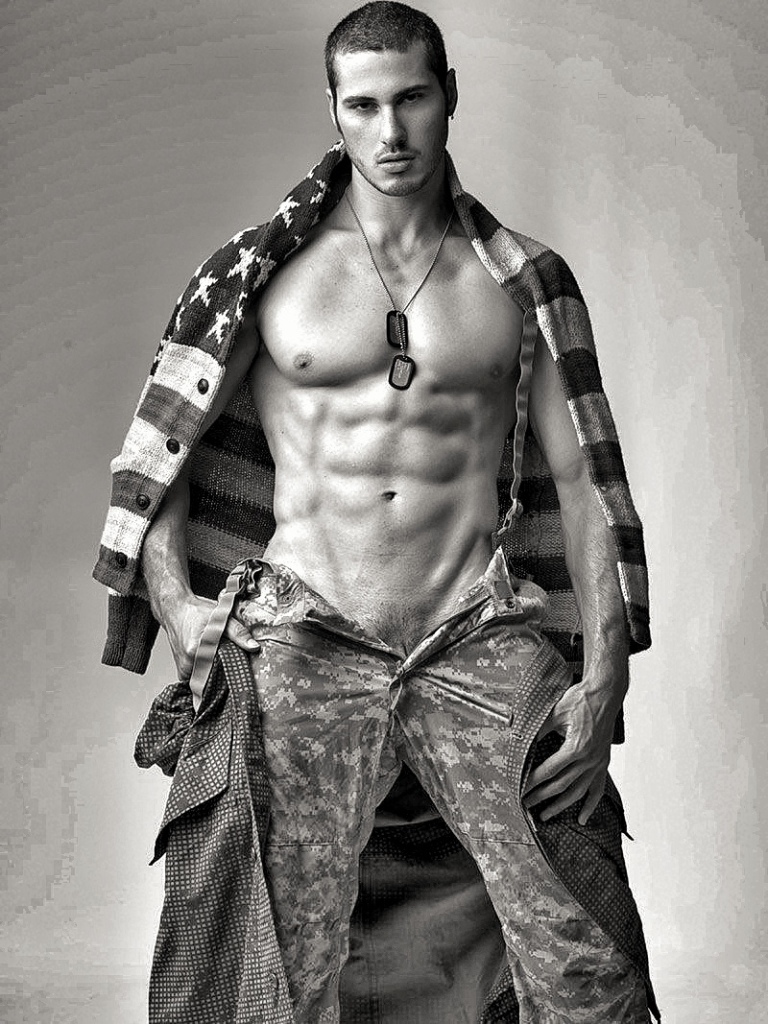


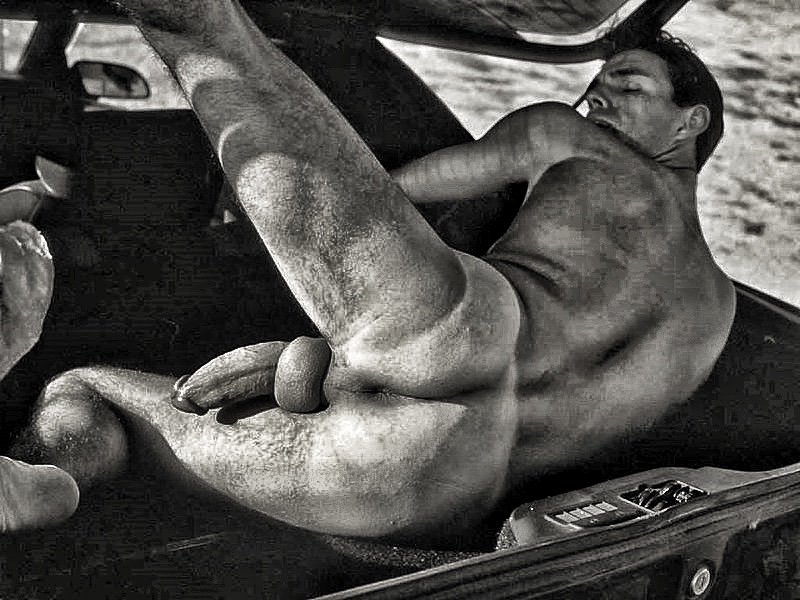
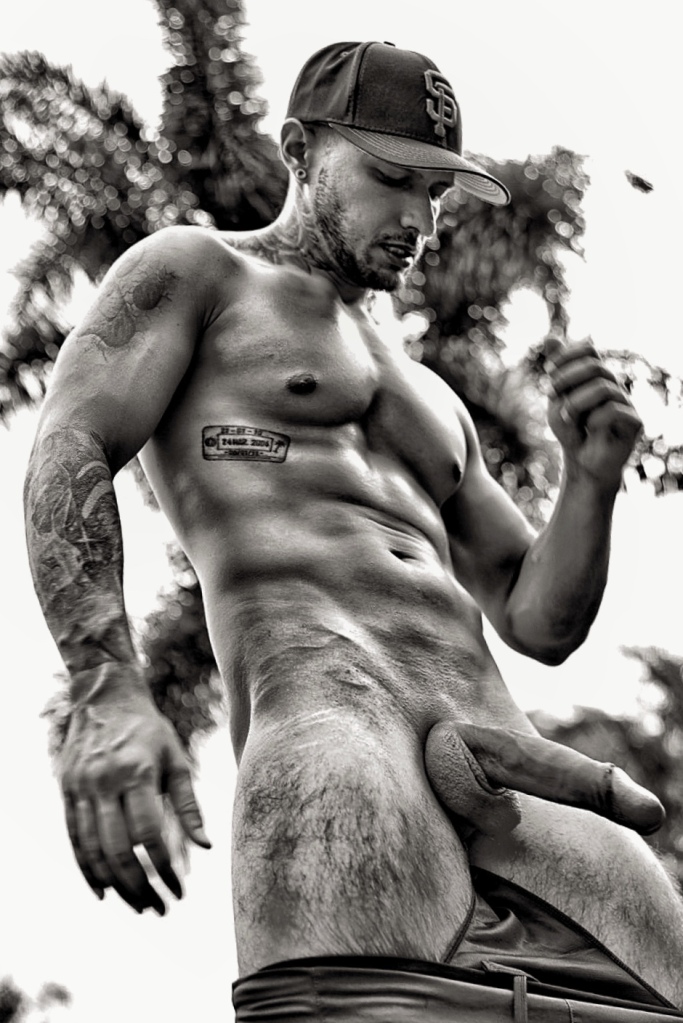
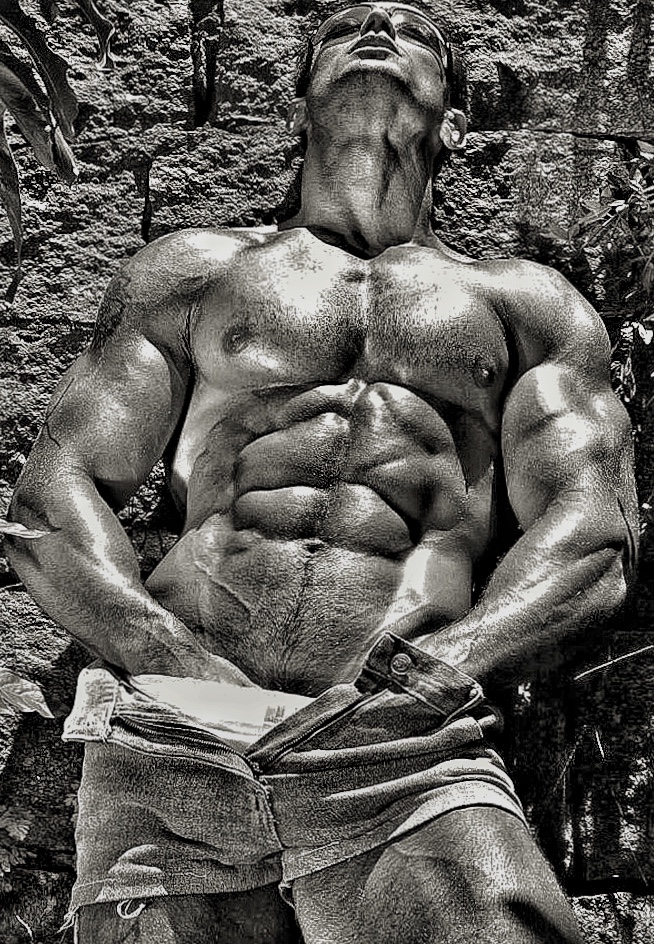
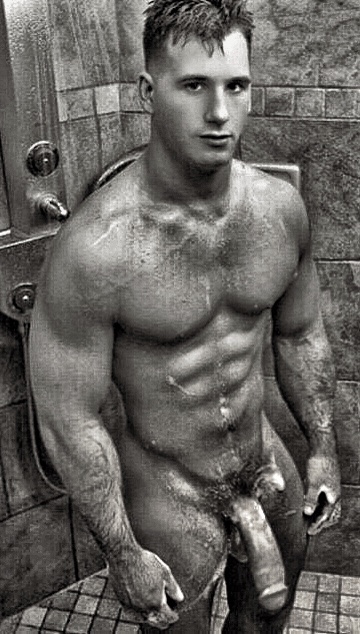
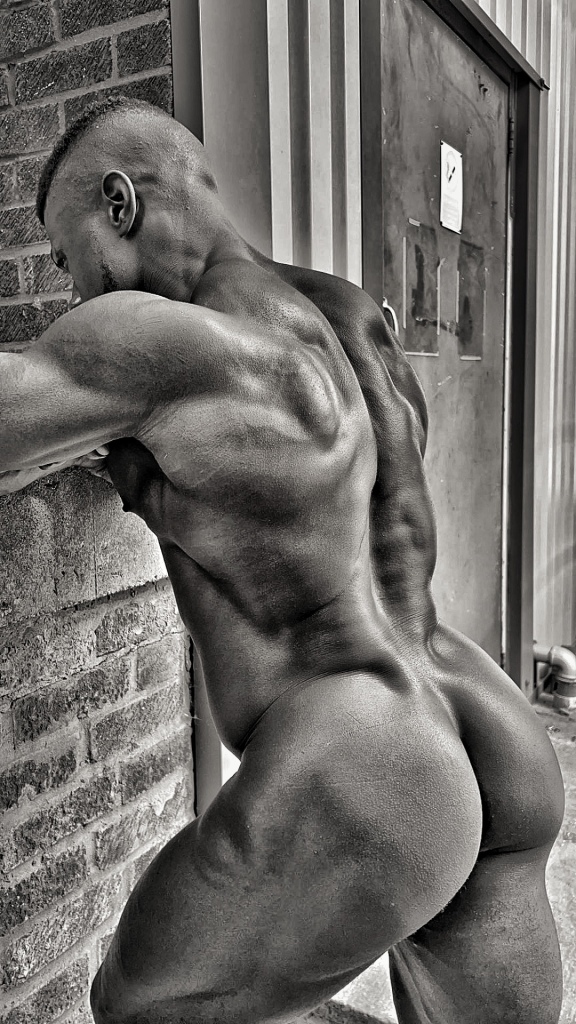
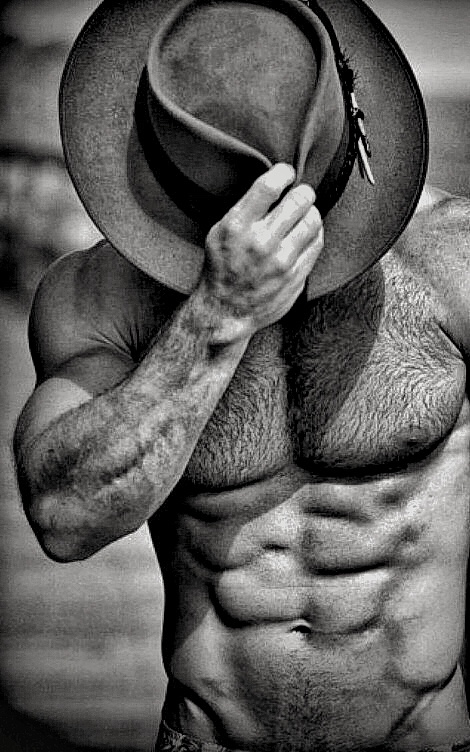
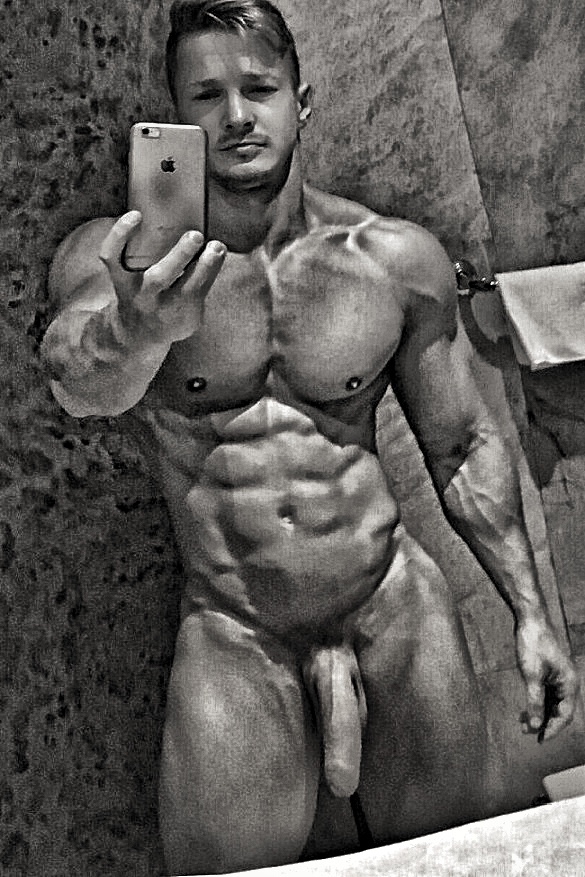
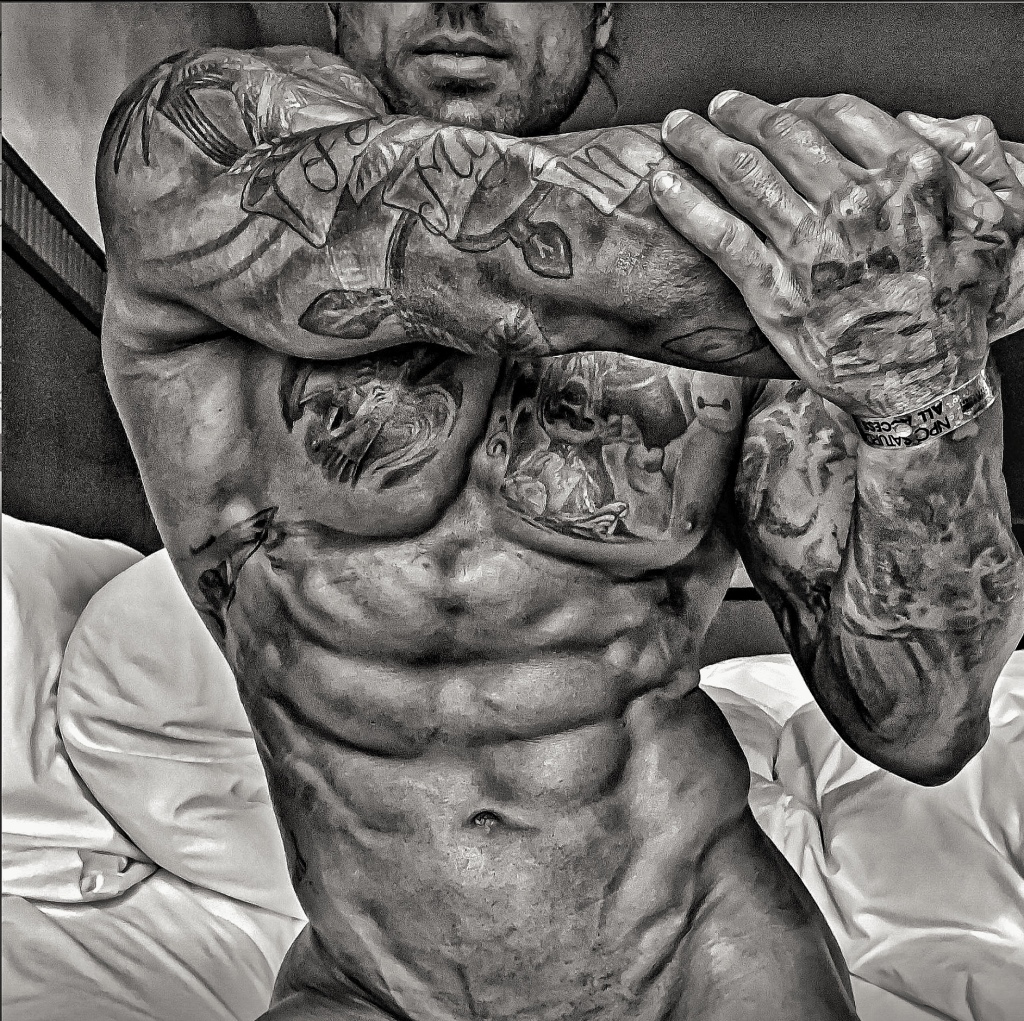
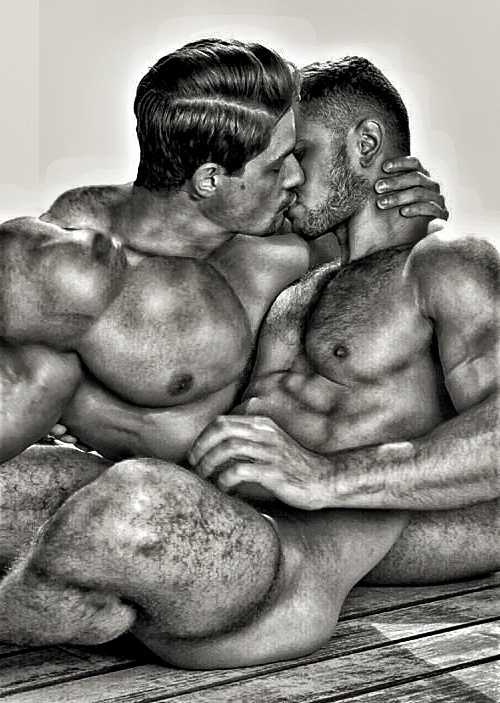


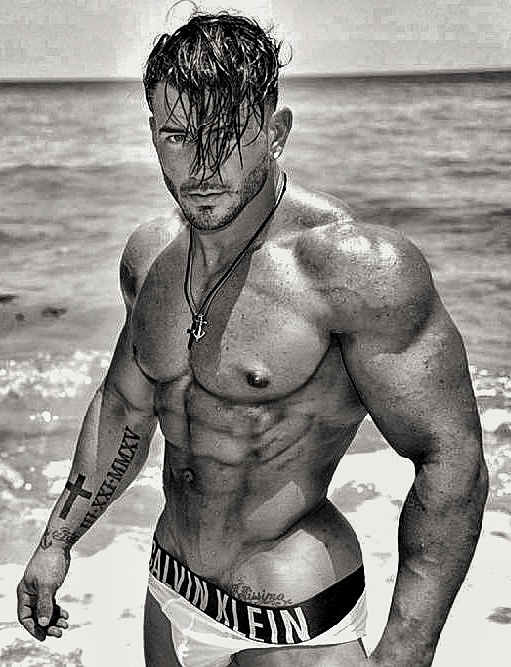
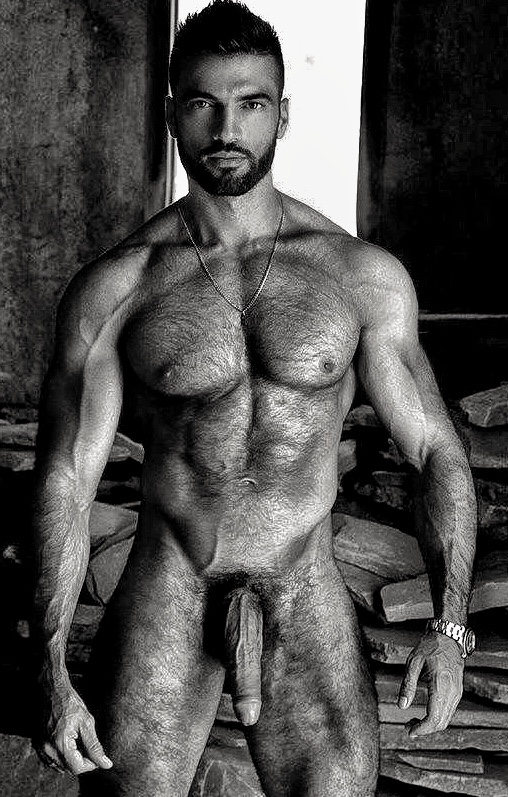
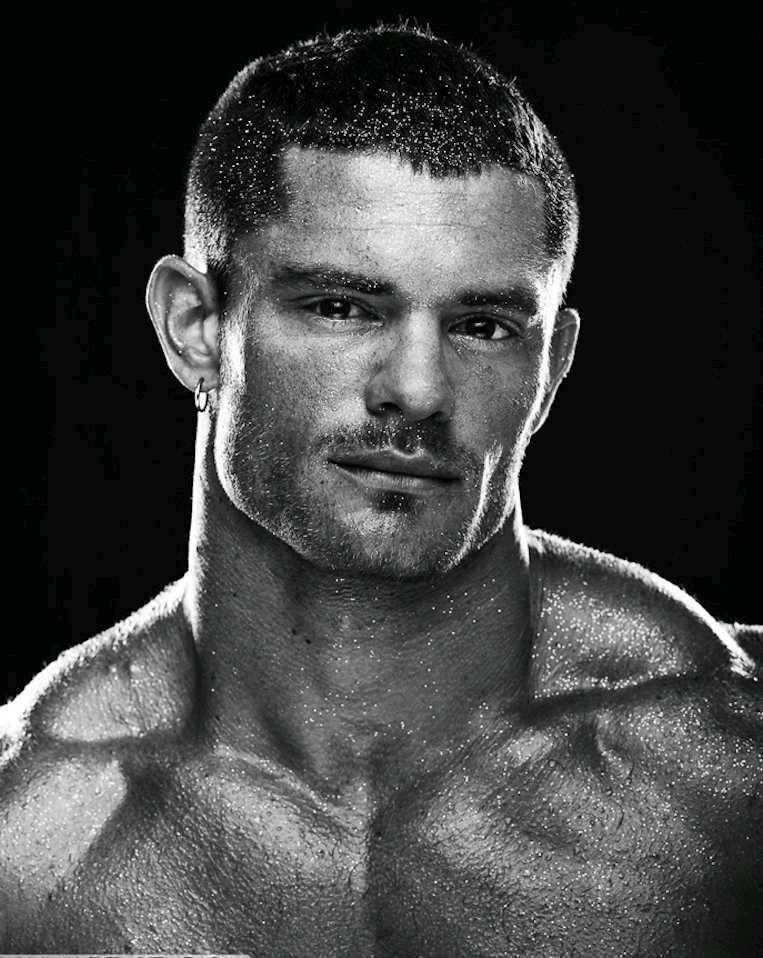
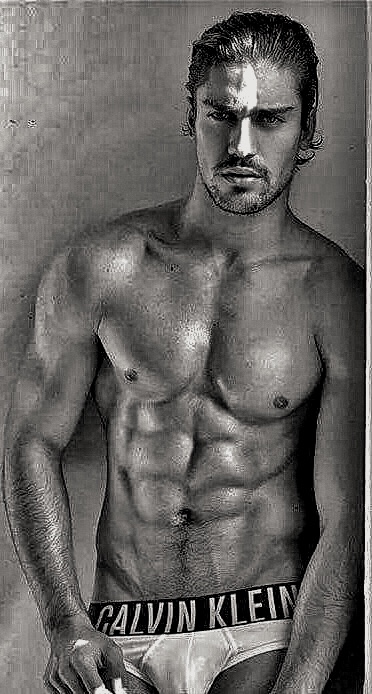
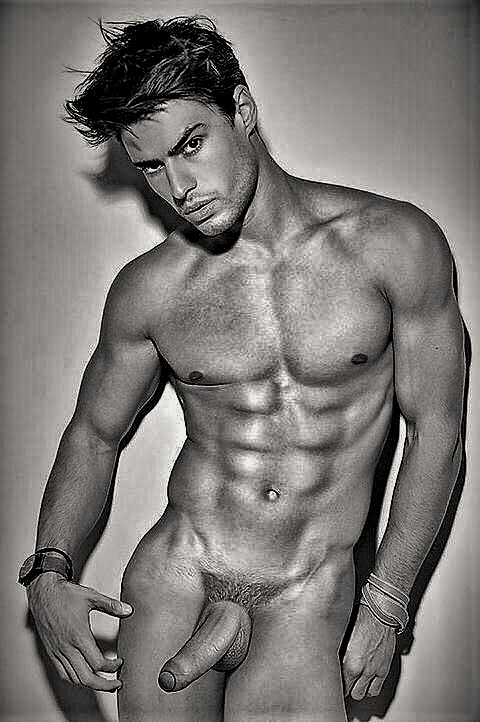
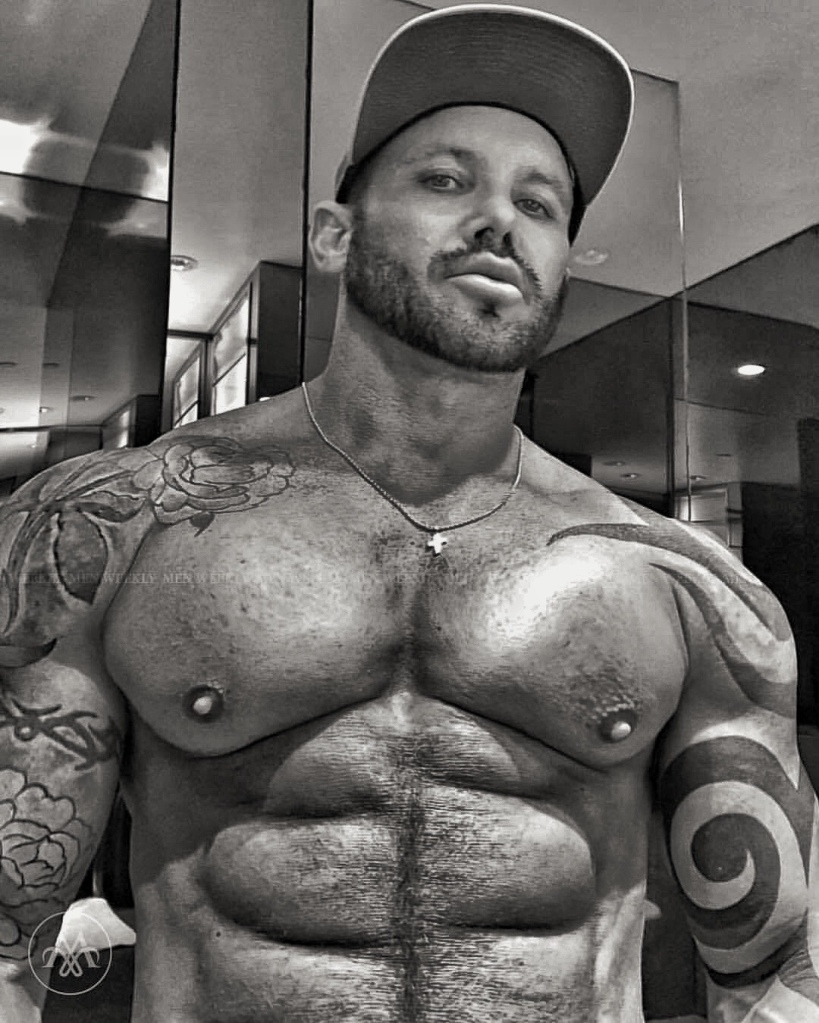
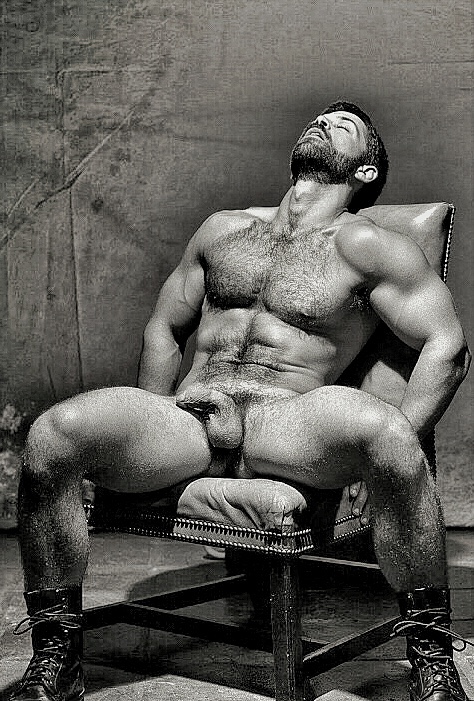

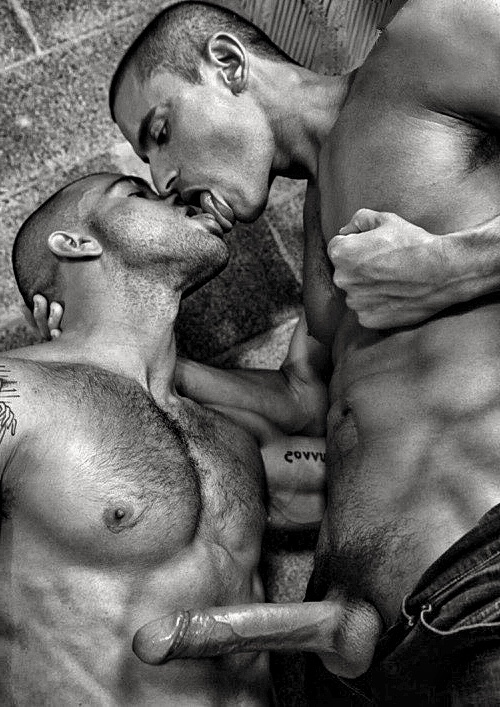
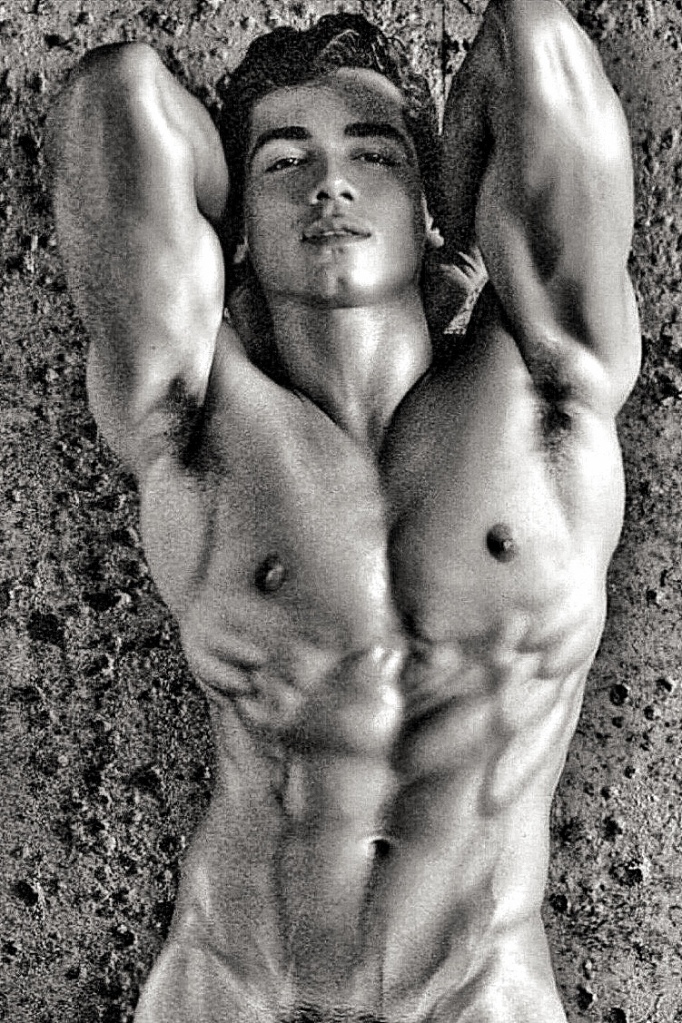

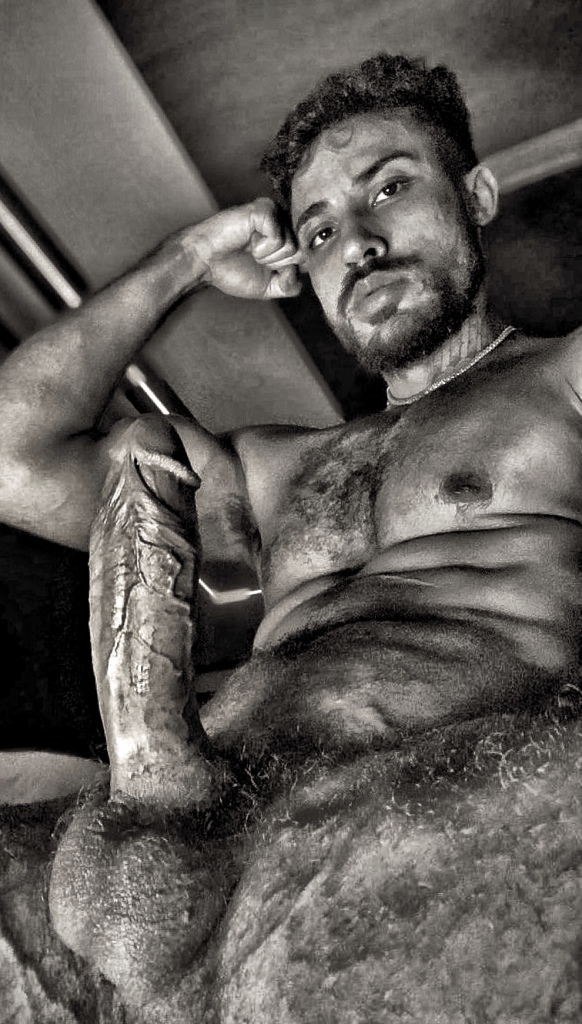
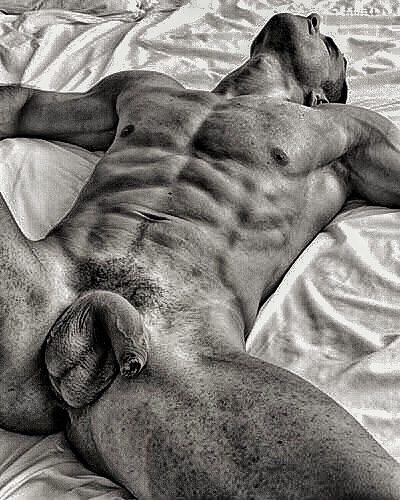
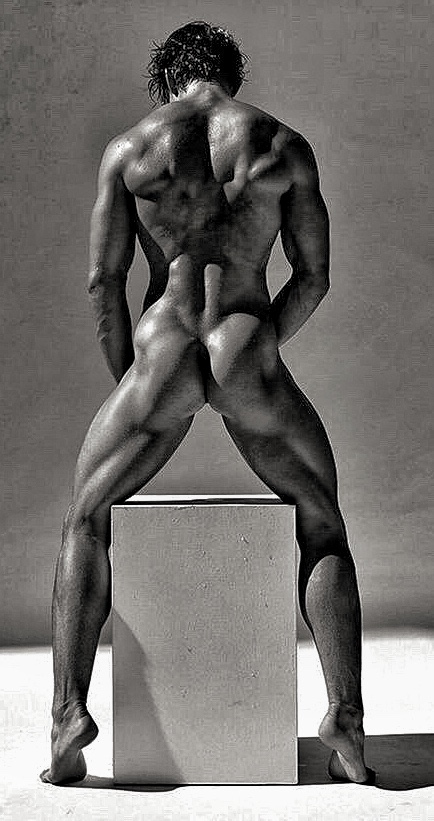
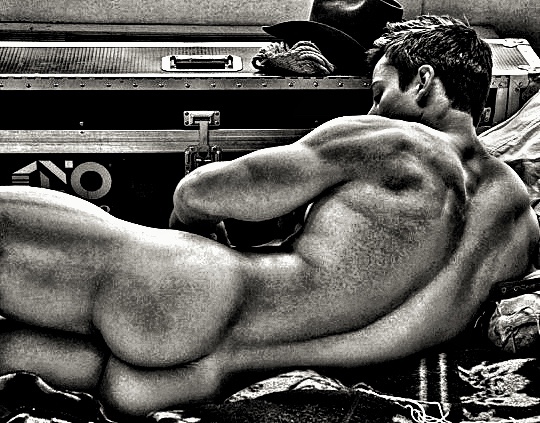
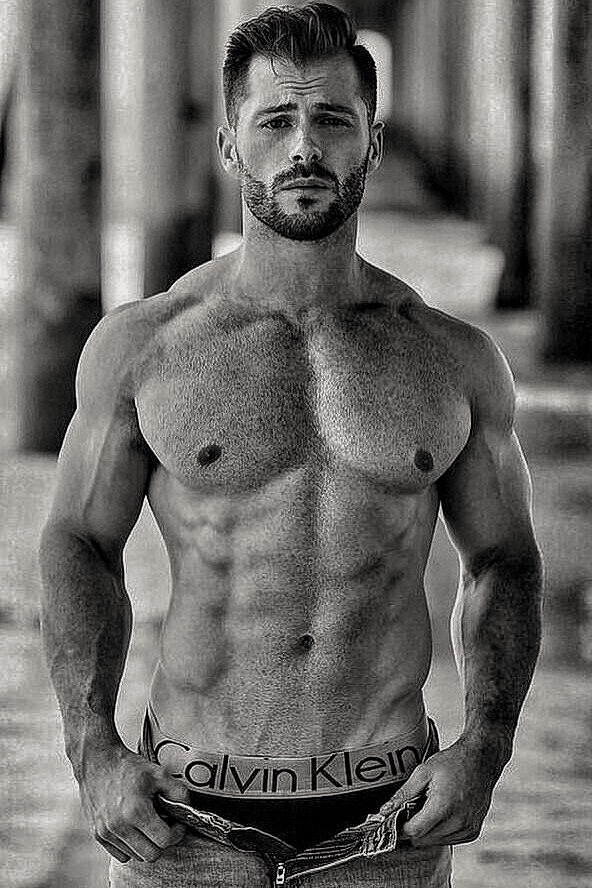

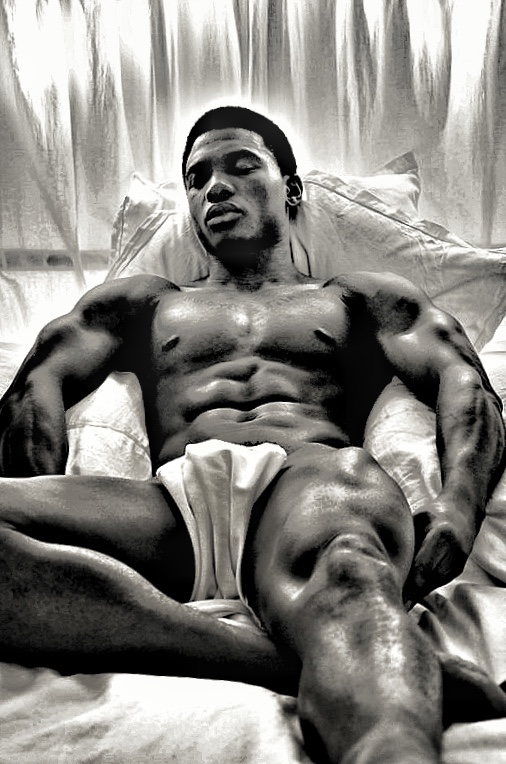
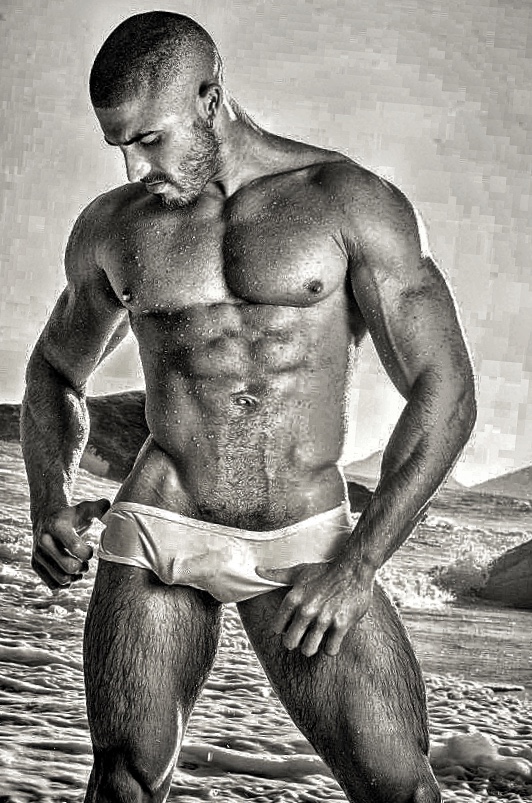
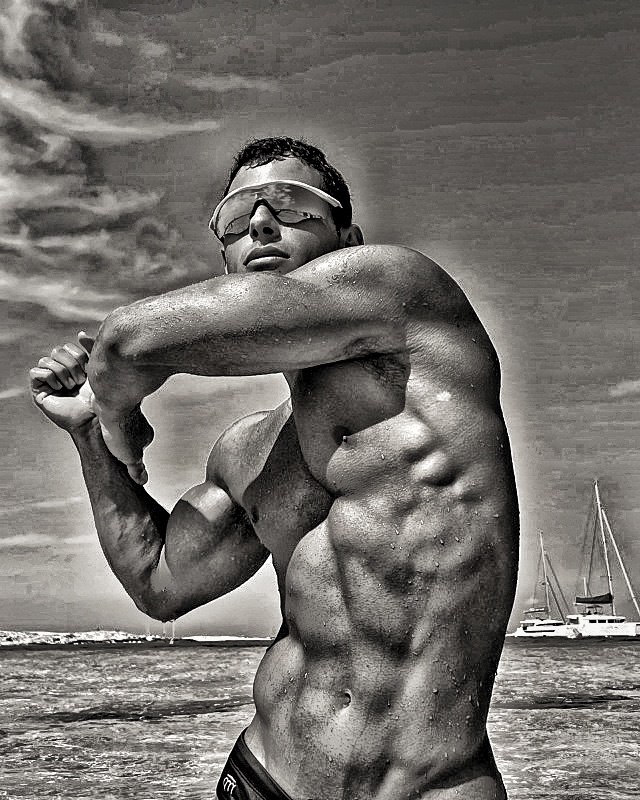
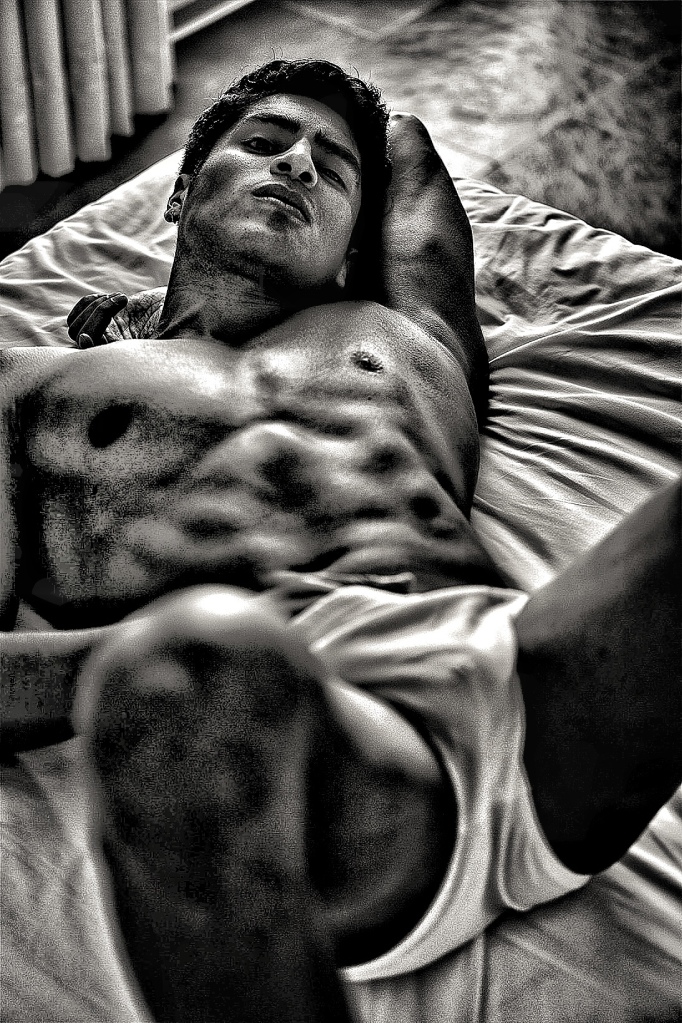
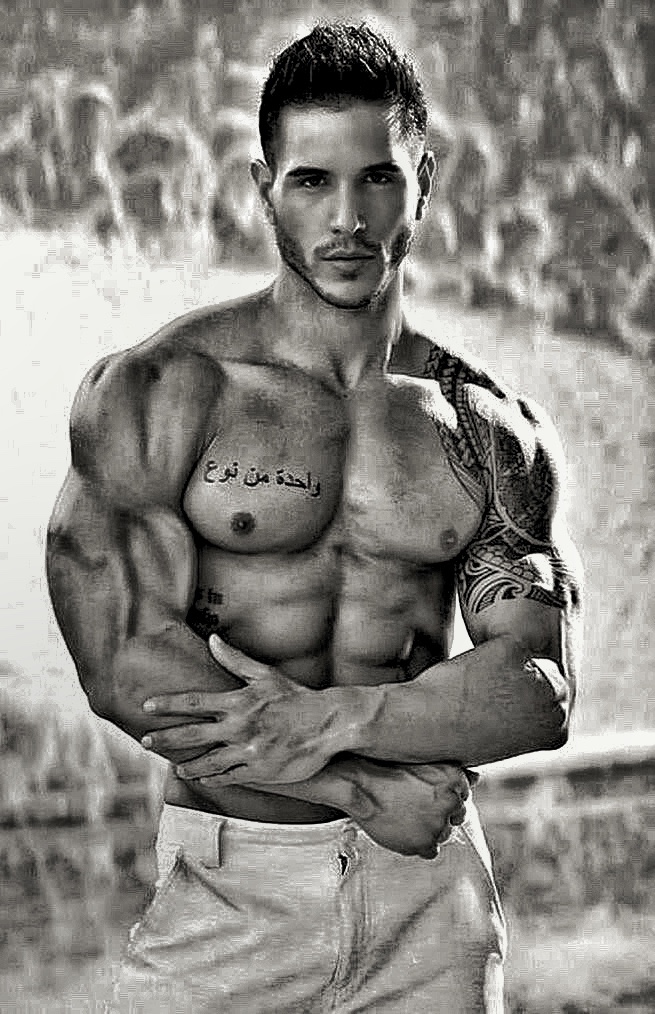
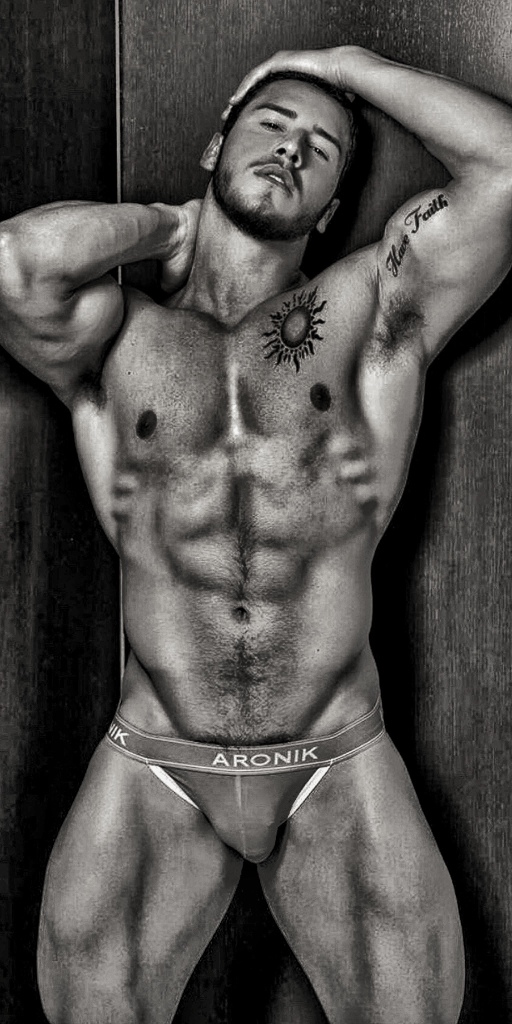
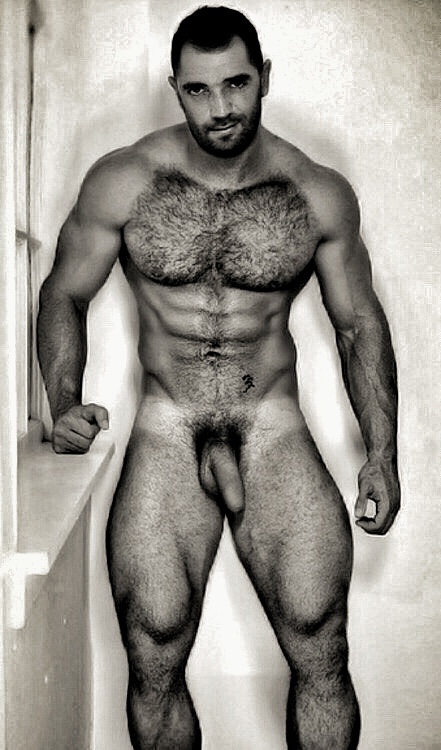
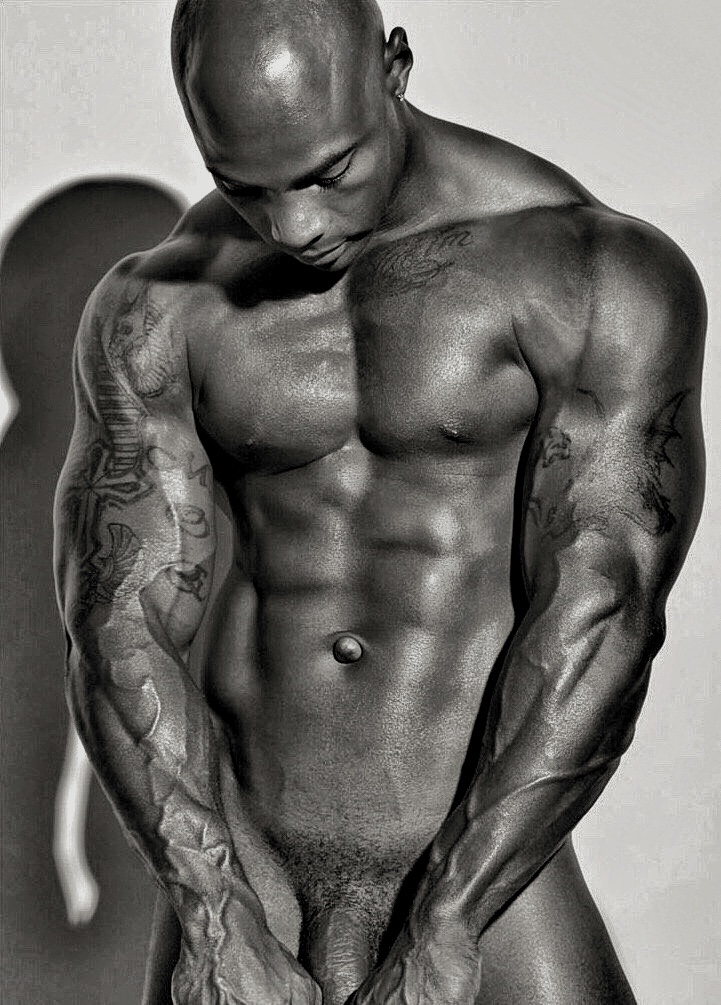
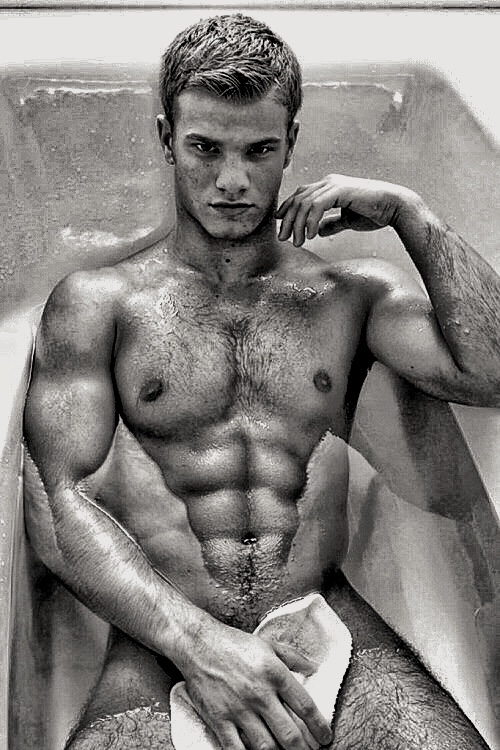
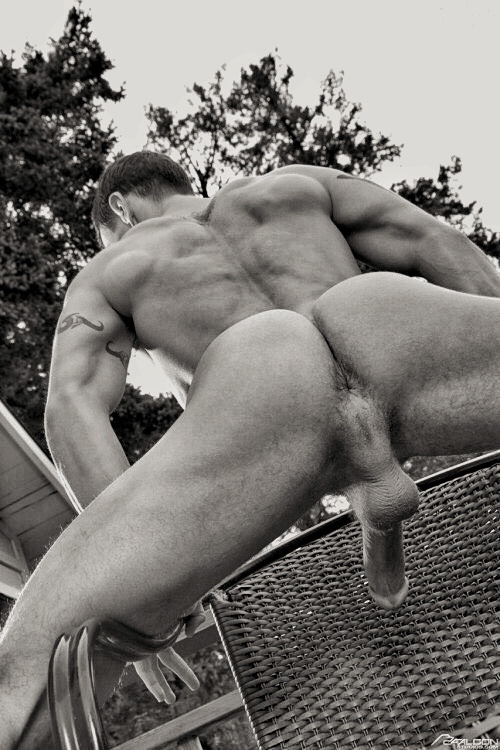

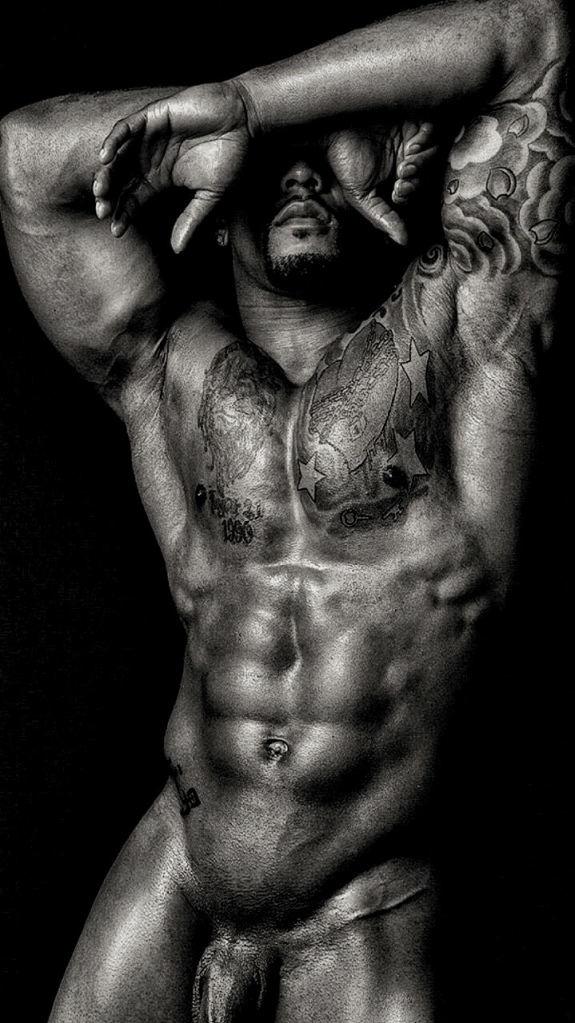
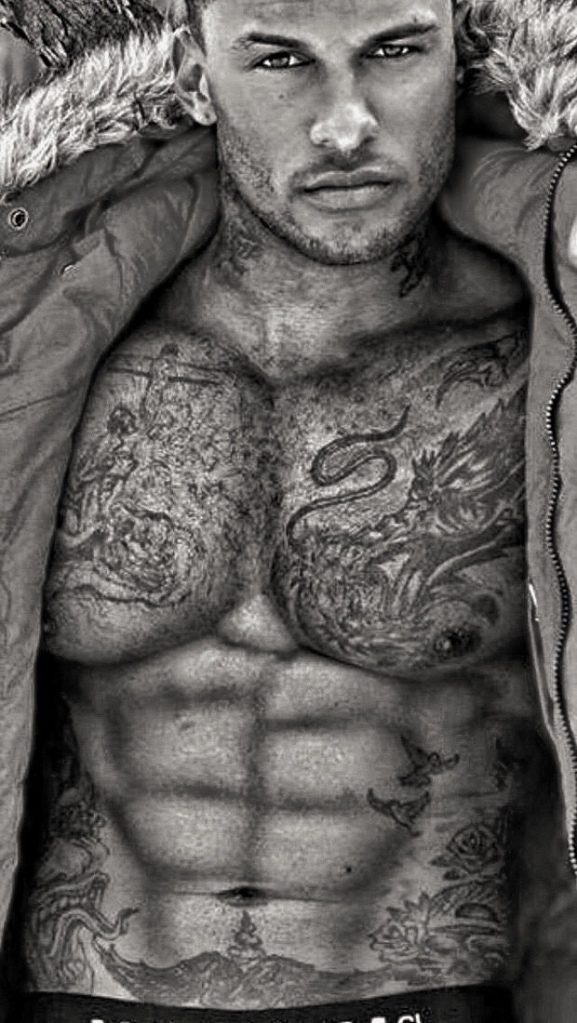
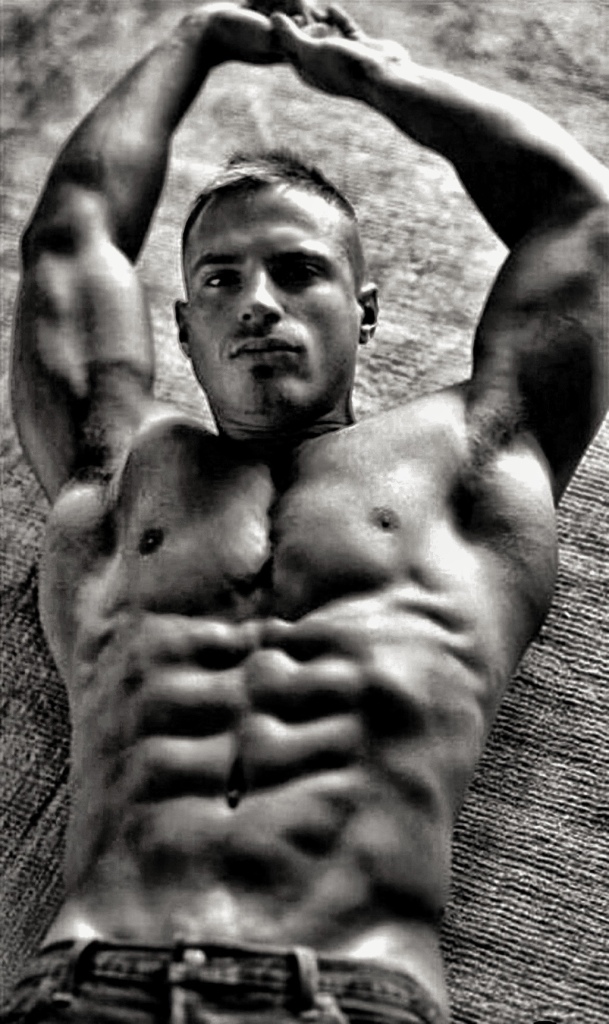
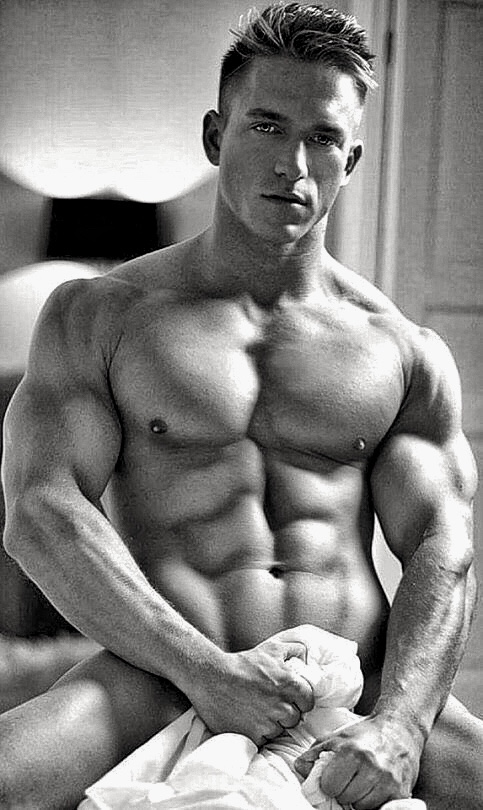
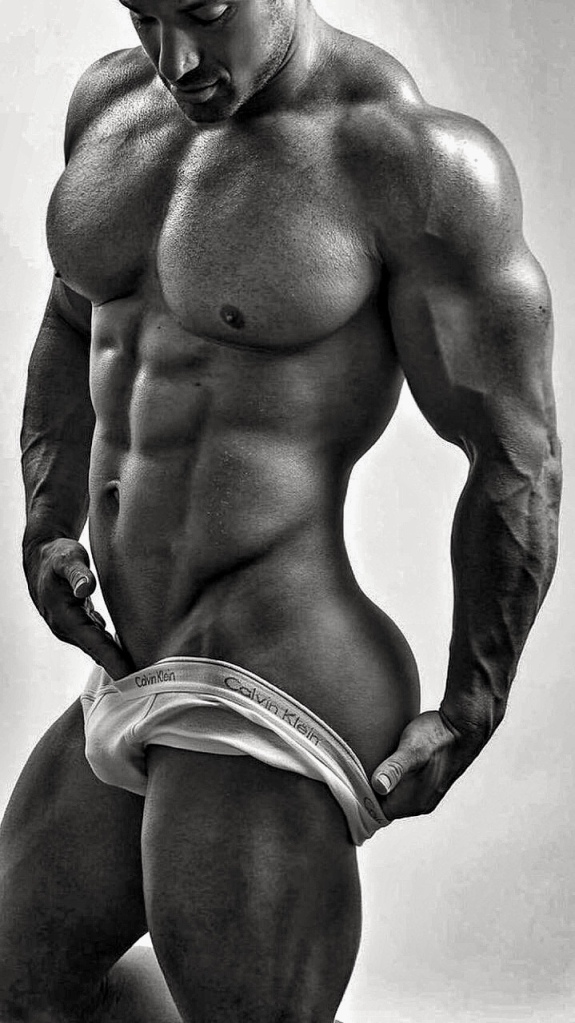
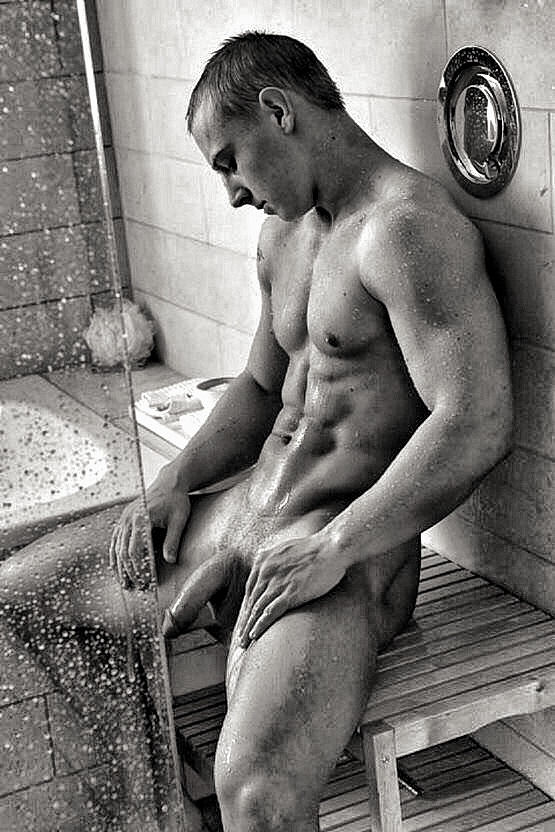
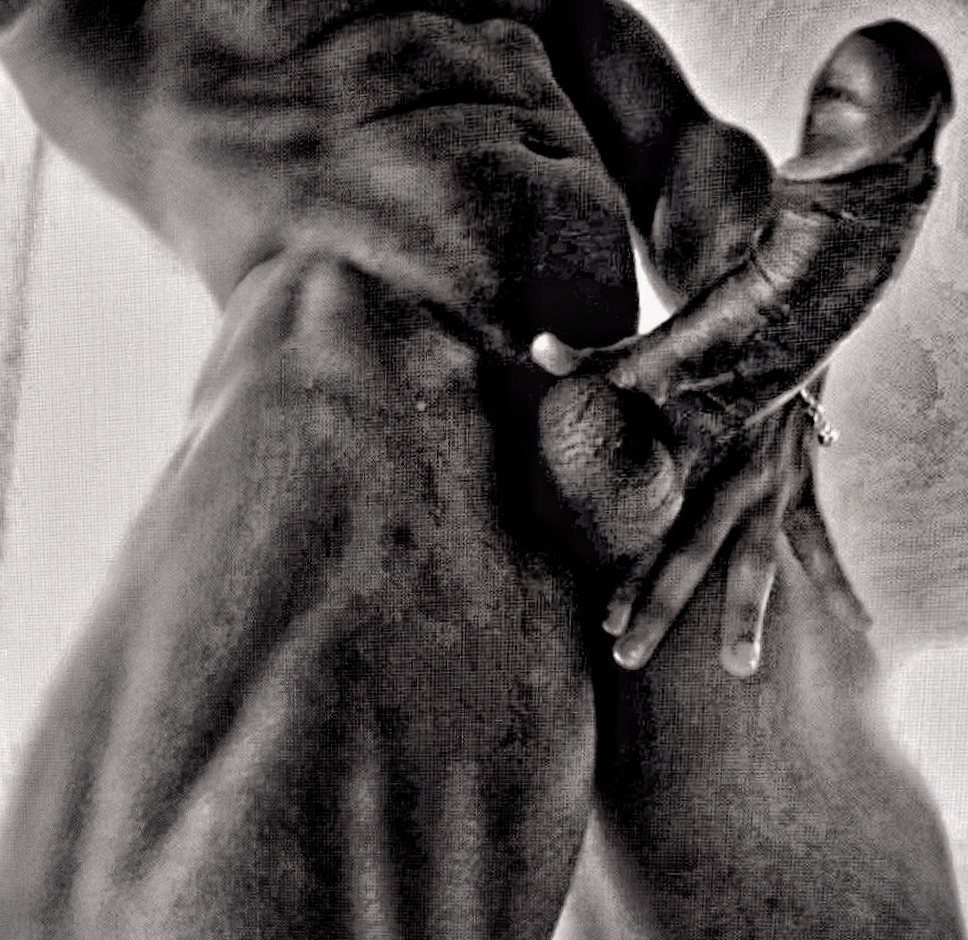
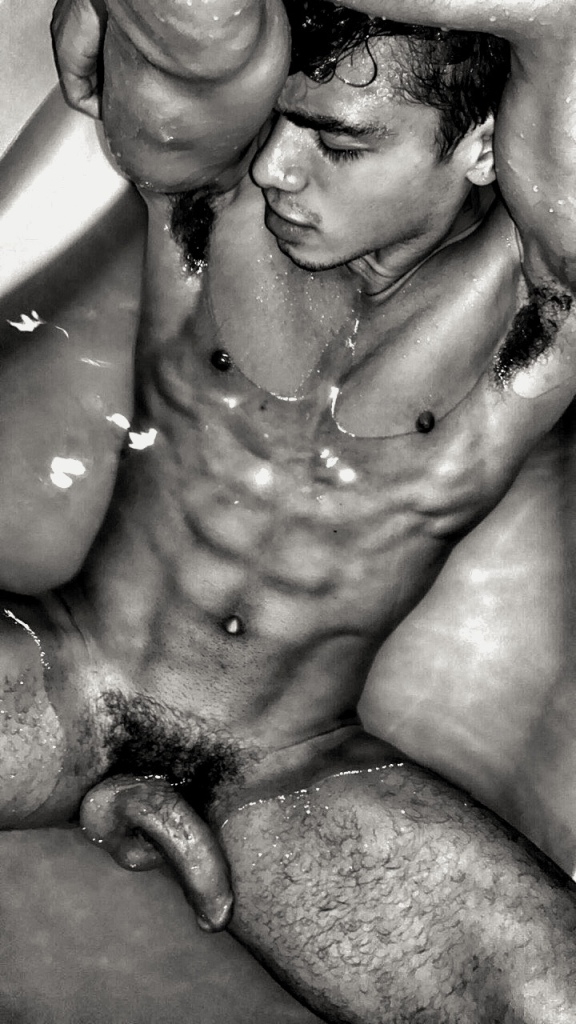

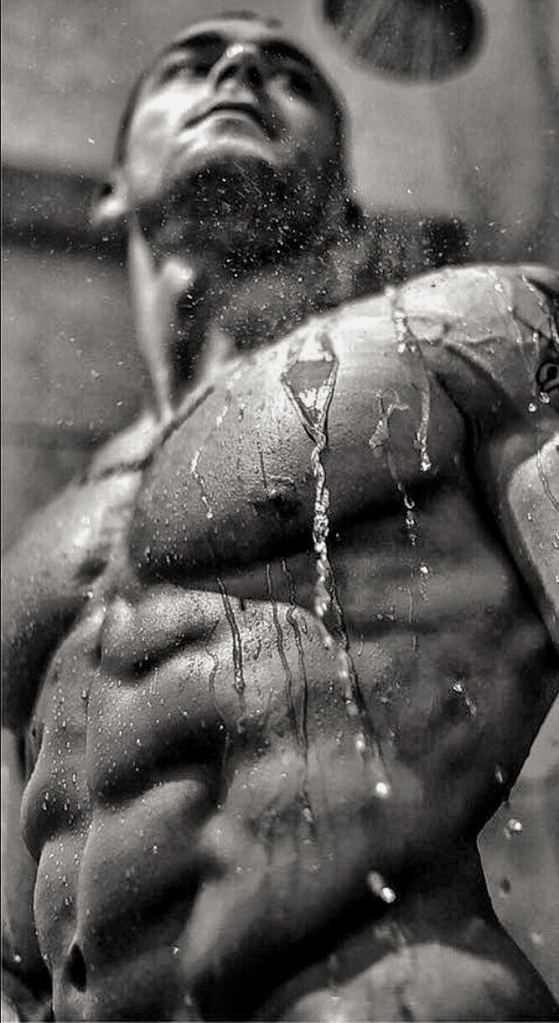
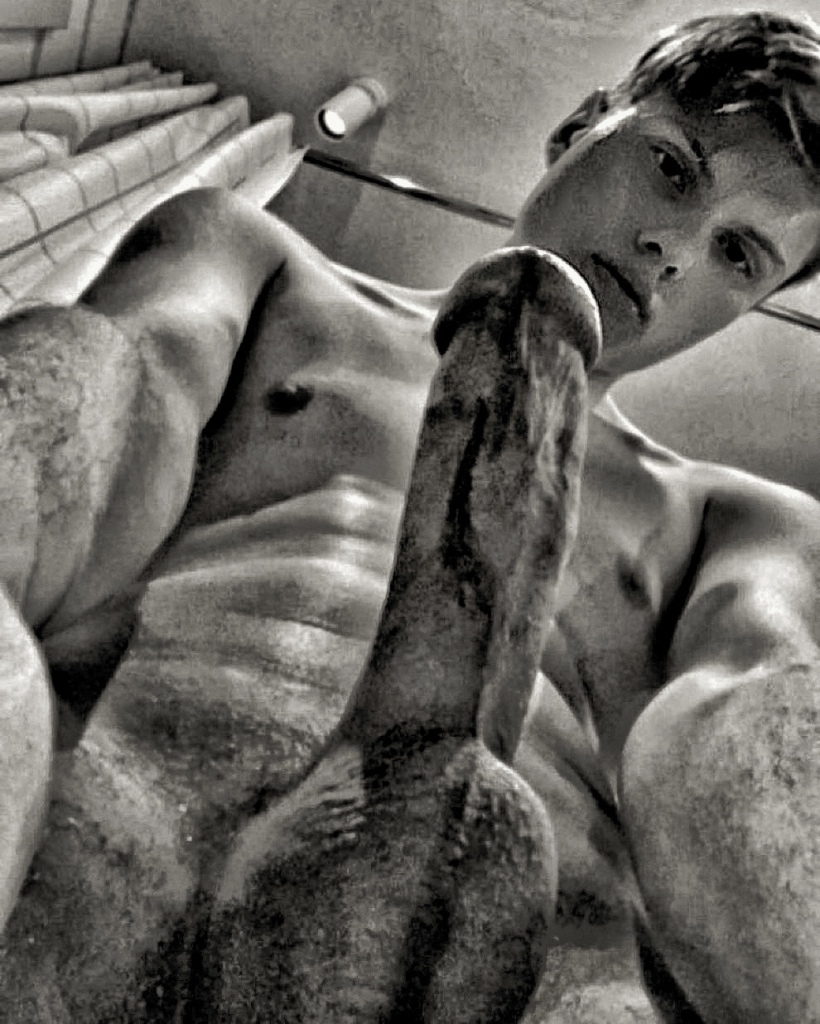
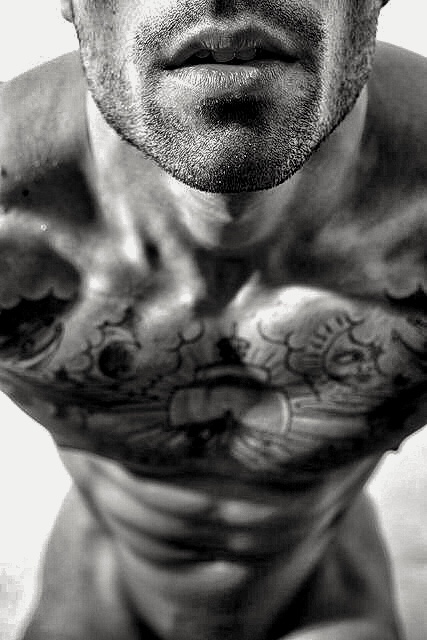
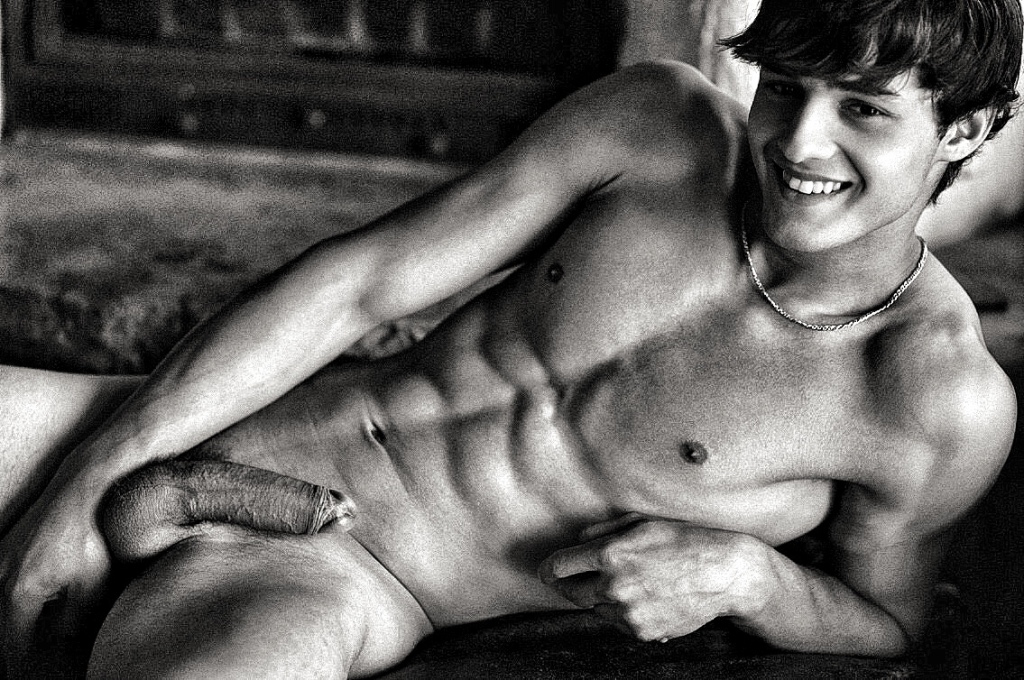

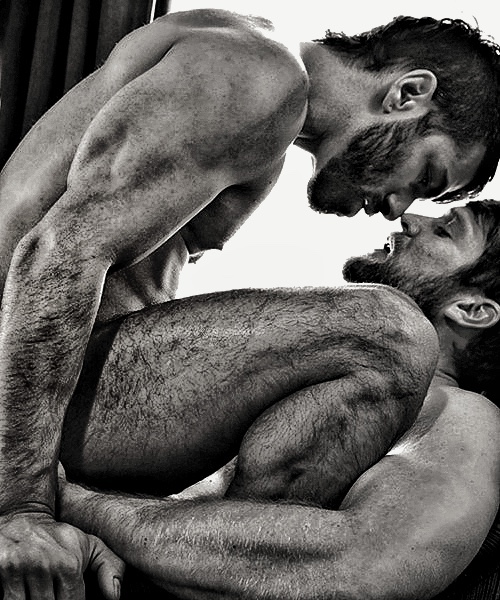
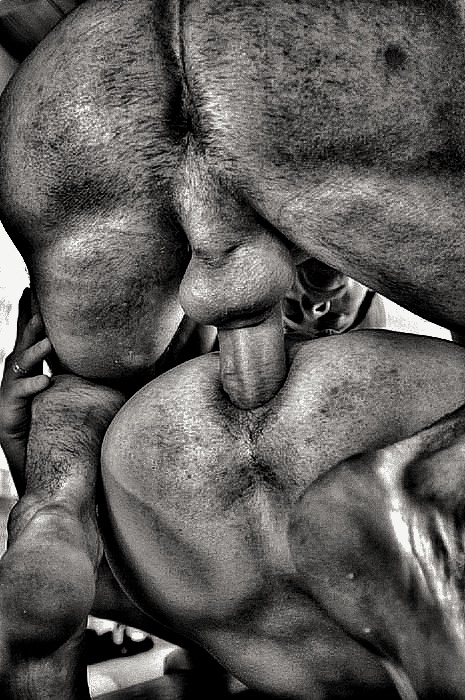

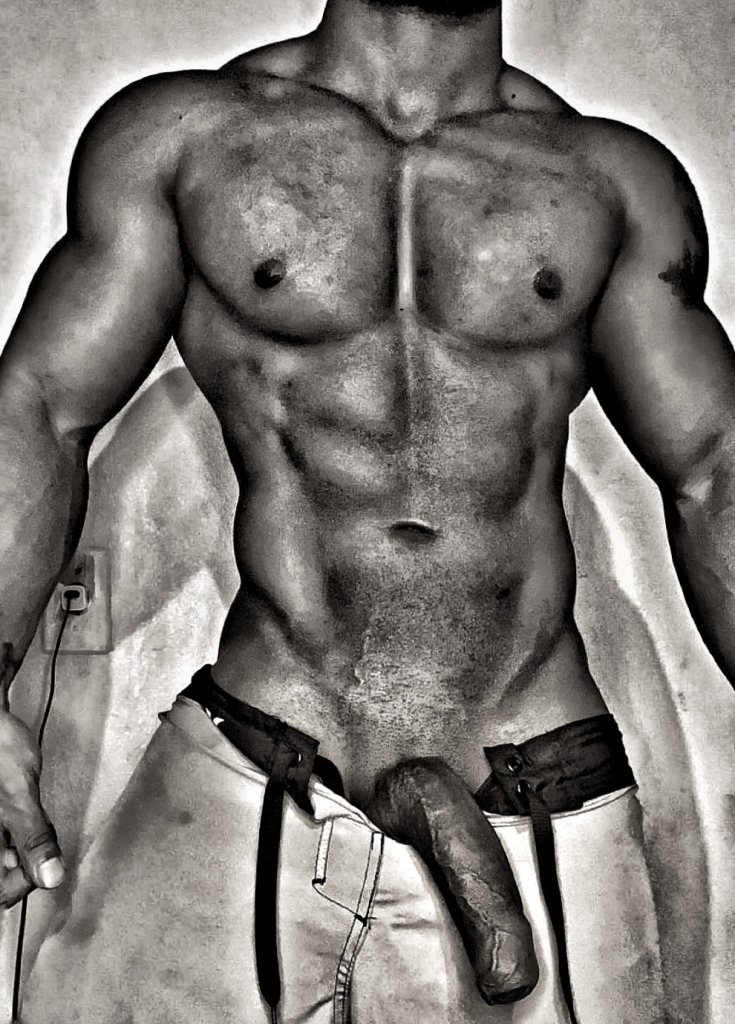
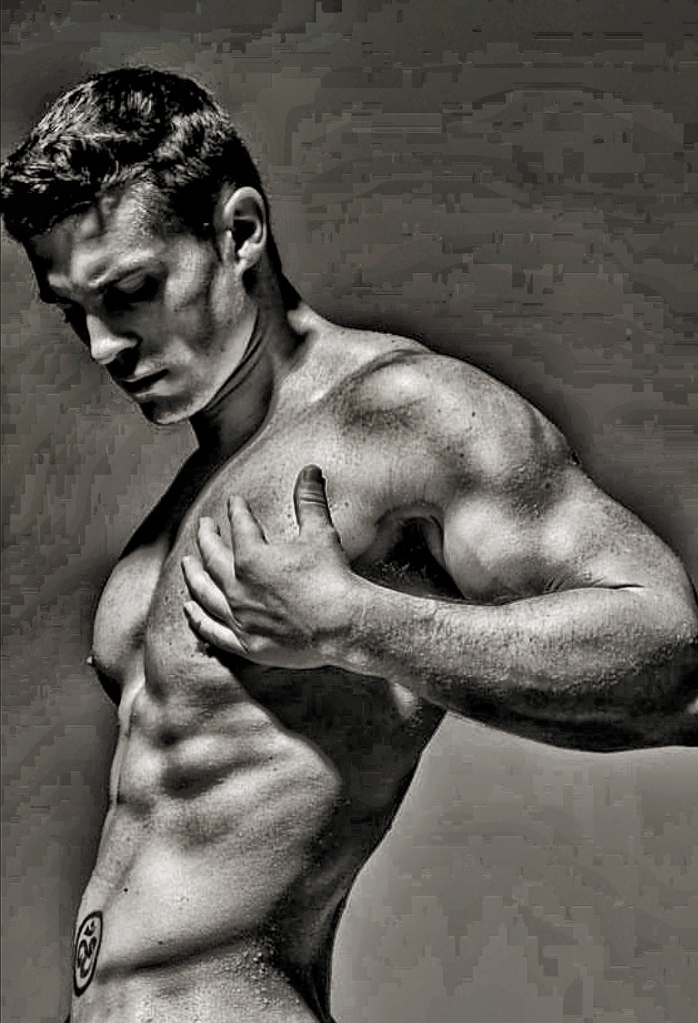
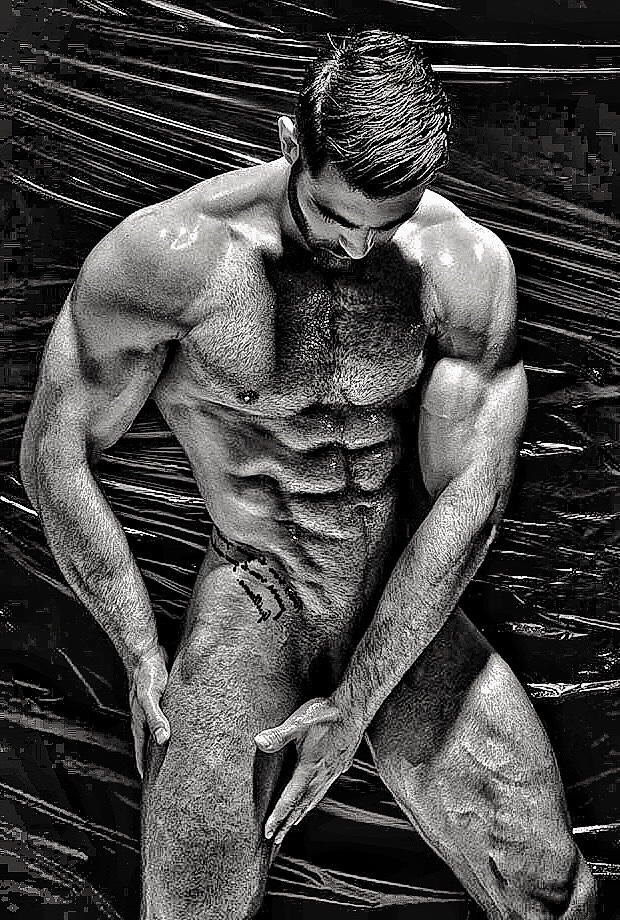
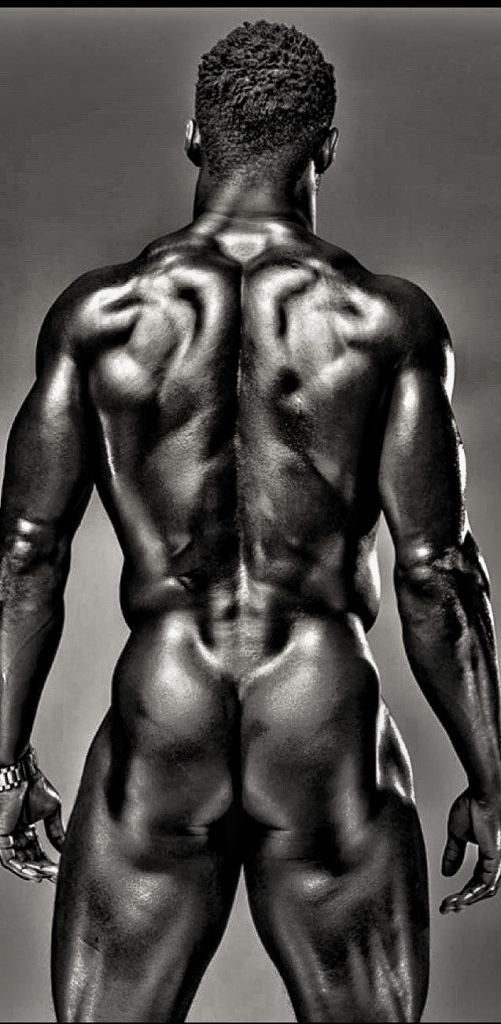
The end.